-
Posts
7,988 -
Joined
-
Last visited
Content Type
Profiles
Forums
Articles
Posts posted by kye
-
-
This video from @Tito Ferradans has some info on it, but he doesn't show everything needed so you might need to watch a bunch of YT videos and search to see if other people have shared how they do it.
-
On 11/29/2025 at 1:06 AM, fuzzynormal said:
GH5
GH4
EM10iii
OM-1
5Dii
XPRO2
XT-5
P1100
DSC-RX10
iPhone15
iPhone12
Xiaomi12 Ultra
DJI Mavic Pro
GoPro Hero
All those different cameras were used to make our latest indy documentary on-and-off over the last 3 years. We finally finished post-production (for real this time) last month. Not to mention all the different ridiculous vintage lenses and modern lenses employed along the way.
So that happened.
My advice? Yeah, don't use so many cameras...and then try to make all that cohere somehow with no legitimate color grading skills...
Surprisingly, I found the EM10iii footage the most pleasant looking color-wise when exposed correctly.
I sympathise deeply - well done for getting through it.
I shot a number of trips with a nice camera + smartphone + action camera, and only in the last few months did I shoot my first trip where every camera had colour management support.
Matching footage from multiple older/budget cameras that don't have log profiles and colour management support is perhaps one of the hardest challenges in colour grading.
Not only are the colours and gammas a challenge, but matching sharpness and NR and compression artefacts are also things that can make clips stand-out from each other. I've lost count of the number of times I spot a 1-2s clip from an action camera spliced into a high-end production based solely on how much sharper it is than the rest of the footage, which could all be avoided with a simple low-strength small-radius blur to take the edge off.Obviously ultra-low-budget docos are often subject to using whatever cameras are available at the time, and docos often need to use more rugged cameras like action cameras etc to survive different conditions, not to mention dealing with footage from other sources.
To me, a camera has to be pretty bad or pretty ill-suited to make it worthwhile to break consistency with the other material already shot. As much as you can, pick a camera, pick a few lenses (or just one lens), do your due diligence to get familiar with them, and then just get on with it.
It's only when you can see past the camera and the lens and the filters that you'll be able to see what you're pointing the camera at.
-
My Takumar 50mm F1.4 arrived and I took it out to compare it with the Voigt 42.5mm F0.95 with Sirui 1.25x adapter setup.
The Voigt+Sirui is equivalent to 68mm F1.5 and the Takumar+Speedbooster is equivalent to 71mm F2.0, so a bit longer and a bit slower.
In order to avoid changing lenses all the time, I did a little lap with the Voigt+Sirui, then did another lap with the Takumar and re-created the compositions from the first lap (as well as grabbing other shots too). These images have had a film-emulation applied, and have had exposures matched, but no other changes, so things like contrast and WB etc should be the same.
My impressions:
-
Voigtlander is softer at F0.95 than the Takumar at F1.4
I haven't compared them with the Voigt stopped down, but I'd probably rather get a bit more subject separation than sharper images. The extra sharpness of the Takumar makes the focus peaking a lot easier to use when using the screen (using the EVF you can see what is in focus but the monitor you need peaking on) - The focus ring on the Takumar is a lot looser (not that damped but not too loose either), but of course it's backwards
- The extra width of the Voigt is apparent. It makes me wonder if the Speedbooster is a little less boosting than I claimed.
- The Sirui has a lot of coma on the edges (stretching light sources horizontally) so the bokeh seems more horizontal than vertical on lights, whereas the Tak seems to have a zoom-blur sort of effect which is a bit odd
- The Tak has slightly lower contrast (hard to see but I noticed it when trying to match exposures)
In addition to those, I also grabbed these with the Takumar:
Swirly bokeh! and it's not a Helios!!
It has a nice halation/glow but the ghosts from the light sources are real. This is something I am thinking a lot about because I find them to be very distracting.
Seems sharp at the edges at closest focus. The bokeh is confusing - sometimes with bubbles and sometimes not.
I actually find that the response to light sources in this lens is very complicated - sometimes it stretches along the spokes of a wheel and other times along the rim of the wheel.
Also something I noticed but isn't really visible in stills is that light sources pointed straight at the camera have a flare that's like a loop, like this, which can look pretty distracting too.

My conclusions are:
- The focus being lighter and peaking being more obvious makes it a bit easier and faster to use, so much so that I changed my process to where I'd adjust the vND, then hit record and then focus in the 2s it takes the GH7 to begin recording
- The size and weight difference is significant and I found I was able to shoot people from a lot closer with it than the Sirui
- The small size and weight mean it's a no-brainer to pack on trips where I'm reluctant to pack the Voig/Sirui combo
Next is to test it with an oval insert to get some stretched bokeh. As a proof of concept it certainly looks promising.
-
Voigtlander is softer at F0.95 than the Takumar at F1.4
-
6 hours ago, Django said:
Interesting lens - I missed it when I was looking around, but like I said, 75mm is a bit long.
I'd have to pair it with an adapter to make it a bit wider!
-
1 hour ago, Django said:
If you're looking for discrete compact street / travel cam plus shallower DOF, I'd stop faffing with focal reducers etc and take the loss and switch to FF with something like the ZR. It's ridiculously small yet has a huge display, has best lens adaptability and you get FF R3D Raw etc. Not to knock the otherwise great GH7 but it seems like the wrong tool for this particular user case.
What lenses would you suggest?
The GH7 combo is equivalent to a 68mm F1.5 but I can't find anything with a shallower DOF without it being too long. The fastest things I can find are 75mm F1.4 lenses that are a bit longer than I'd like, or 50mm F0.95 lenses but they're deeper DOF than this.
You'd think it's a no-brainer with FF but I couldn't find anything without also adding adapters. I was hoping I'd missed something!
-
On 11/11/2025 at 5:21 AM, Andrew Reid said:
How easy is it to focus and what's the min FD when combined with the Voigtlander 42?
It's quite easy to focus. Physically it's well damped and optically it's really sharp so the limitation is in how sharp the taking lens is and what sort of monitoring and peaking you have on the camera.
Minimum FD is around 60-something cm, which I think is what the spec says. IIRC I tested it on the Voigt 17.5/0.95 and didn't really notice differences between that and other lenses, although I'm not doing much close up stuff.
On 11/11/2025 at 5:21 AM, Andrew Reid said:Are these shots wide open at F0.95 on the Voigtlander?
Yep, why stop down? 😄
On 11/11/2025 at 5:21 AM, Andrew Reid said:Could you go wider, with the Sirui? Voigtlander 17.5mm?
Test shots here:
On 11/11/2025 at 5:21 AM, Andrew Reid said:It really is a lovely result you've posted and would be happy to see more.
The GH7 is such a good choice when you have optics as good as the Voigtlander Noktons are... and anamorphic is the cherry on top. Makes me want to get a GH7 in fact.
More shots here:
and here:
The GH7 is a dream to use. The only "downsides" are it's not FF, it's physically large/heavy/chunky, it doesn't have a 1.25x anamorphic de-squeeze (so I use the 1.33x one which works fine), and the punch-in focus assist only goes to 6x. That's literally everything I can think of.
On 11/11/2025 at 2:10 PM, maxJ4380 said:Another rabbit warren for you to crawl down kye, would be get an 0.5 or thereabouts achromatic diopter. Depending on your style of filming , probably not much good for normal distance stuff, however if you were using it for close focus out to 3-4 meters perhaps you might be ok. As you probably know the closer you focus the less the squeeze. With it attached you reset the infinity focus point to a lot closer, regain your squeeze ratio, and thats my understanding of it all, hopefully others can chime in with more clarification.
Im looking for one for myself in 77mm diameter, but their rarer than hens teeth. I missed an opportunity to get one from Rapido and now they seem to be out of stock. Maybe they get done in batches im not sure, i'd take a tokina or slr magic as well but their all quite rare to find and they are all at least a couple hundred dollars as well.
That would only let me focus closer, wouldn't it?
I don't find close focus to be an issue with it, just looking for something with shallower DOF.
My Takumar 50mm F1.4 arrived today, so I'll be playing with that.
-
On my last trip I shot with the GH7 >> Voigtlander 42.5mm F0.95 >> Sirui 1.25x anamorphic adapter, and was really taken with the images, which remind me of 90s/00s cinema.
But the setup was big, heavy, and didn't have as much shallow DOF as I wanted as I was shooting a lot of compositions at a distance without having many/any things in the foreground.
Optically it's equivalent to a 68mm F1.5 on FF. A good horizontal FOV, although it's a 'between' amount and I would go wider and crop rather than going tighter.
Physically it's large and heavy, weighing 2.1kg 4.6lb and with the 82mm front gave me very little stealth factor, further justifying shooting street with such a long focal length. Despite me shooting in busier areas and stopping when I first come upon a composition, people clocked me very frequently.
In terms of the brief, I think that I want:
- similar horizontal FOV (H-FOV)
- shallower DOF
- similar softness (the Voigts are nicely soft wide open, taking off the digital edge beautifully)
- funkier bokeh, preferably stretched consistently vertically rather than swirly / cats-eye
- smaller / lighter
- not thousands of dollarsI'm pondering how to get there, I've figured a few potential pathways...
Vintage speedbooster - GH7 >> Speedbooster >> ~50mm F1.4
I already own a M42-MFT speed booster, which combined with a ~50mm F1.4 lens would give a 71mm F2.0 FOV. This is slightly deeper DOF but is only a AUD200 or so, and when combined with an oval insert, can give great bokeh. This is a proof-of-concept shot with a M42-MFT speed booster and a 50mm F1.8 lens with a couple of bits of paper stuck to the rear lens element:
This is definitely a vintage / funky approach, but isn't so fast.
This leads us to the elephant in the room, which is that while MFT is excellent at a great many things, very shallow DOF isn't really one of them. We are using a 0.71x speed booster already but need to decrease the crop-factor further.
Vintage speedbooster + wide-angle adapter - GH7 >> Speedbooster >> ~50mm F1.4 >> Wide-angle adapter
If we add a 0.7x wide-angle adapter (WAA), we end up with a crop factor of 0.995, which is essentially FF. This seems promising as TTartisan noticed that everyone-and-their-dog wanted a longer telephoto lens to go with their M42 Helios, and gifted us an M42 75mm F1.5 swirly bokeh master. Combined with the SB + WAA that gives us a 75mm F1.5 which is a bit longer than I'd want, but is interesting.
BUT, and it's a big but (I cannot lie)
Spherical wide-angle adapters seem to be universally rubbish. I bought two ultra-cheap WAA and they were rubbish (when shot with a fast lens wide-open anyway) which is to be expected, but recently I snapped up a Kodak Schneider Kreuznach Xenar 0.7x 55mm adapter, which should be a fine example of the breed, and it was also pretty rubbish. Certainly, more 'vintage' than I am looking for. Subsequent research lead me to conclude that people stopped making these adapters once the mirrorless revolution happened and people stopped using fixed-lens camcorders.
I'd be happy to be proven wrong.....
However, there is one type of wide-angle adapter that is available with modern optical standards, and that's the anamorphic ones, which leads us to...
More anamorphic - Blazar Nero 1.5x anamorphic adapter
This is probably my ideal anamorphic adapter in many ways (but one) as it's smaller and lighter than the Sirui, isn't quite as sharp (I don't mind) and has more squeeze to-boot.
If I use it on my 42.5mm Voigtlander lens it widens the HFOV compared to the Sirui (not ideal) and also doesn't change the DOF.
If we combine its 0.667x HFOV boosting with my 0.71x speed booster we get a crop factor of 0.95 - wider than FF! So, combined with that 75mm F1.5 TTartisan lens, that's a 71mm F1.4 equivalent. Compared to the 68mm F1.5 we started with that's only a slight improvement in DOF, and only a slight improvement in size and weight, but we've paid the better part of AUD2000 to do it.
...and for that kind of money, we can just buy a FF camera.
Go Full Frame - but what to buy??
Remembering our original goal, the option that stood out to me was the Lumix S9. It's small, has a flippy screen, and is within consideration at around AUD1500 used. The OG S5 is similarly priced and I hear it has some good mojo. There might be others too. Ideally, I'd go with a smaller body, as if I'm paying this much for a new system, starting with a GH7-sized body seems counter-productive.
The S9 is very similarly sized to my GX85 and here's a comparison of sizes... [GH7 + Voigt 42.5/0.95 + Sirui] vs [GX85 + SB + 50mm F1.8]:
The weights are similar - those setups are 2110g vs 800g - more than 2.5x the weight.
In terms of lens options, this is a world I am unfamiliar with, but considering we've just blown most of our budget on the body (and spare batteries etc) lenses can't cost too much. Considering I am inclined towards cheap/funky/vintage MF lenses, I figure the options include things like:
- Vintage 50mm F1.4 lenses (like a Takumar) on a dumb adapter
- The swirly 75mm F1.5 TTartisans on a dumb adapter
- The 7artisans 75mm F1.4 in L-mount
These aren't shallower DOF at all! FF is a lie! (I kid.. well sort-of anyway)
Even if I spring for more expensive options like a 50mm F0.95 that still has deeper DOF due to the shorter focal length, and it doesn't look like F0.95 lenses for FF are affordable for anything other than 50mm.
If I start adding serious weight again with things like a Sirui 150mm T2.9 1.6x and then attach my 1.25x to it, I'd end up with a 150mm T2.9 2x anamorphic lens, which has a HFOV of 75mm T1.45, but the combo weighs almost as much as my GH7 rig does in total! No wonder the replacement series from Sirui were made from carbon fibre!
Perhaps the only real jump in shallower DOF is to combine FF with an F1.4 prime and an anamorphic adapter, like FF + MF 85/1.4 + Sirui 1.25x adapter which would give an HFOV of 68mm F1.1, which is definitely faster. If this was the S9 then it would be smaller and lighter, but is still 75% of the weight and most of the size of my GH7 rig.But I suspect there are better more 'inventive' options. I want cheaper and lighter and I'm willing to 'pay' for it in image quality (actually I'd PREFER less sharp glass with more funk) so there have got to be other paths too.
One I can see is to continue the speed-boosting pathway with a L-mount speed booster like 0.71 EF-L / FD-L / PL-L / NIK-L and then pair it with a ~100mm FF lens that might have a greater than FF image circle and not only get a shallower DOF but also get to see some funk at the edges (or even the actual edge of the circle which might be really cool). Unfortunately vintage 100mm F1.4 lenses don't seem to be common or cheap.My current leanings are to accept defeat and just go with the [GH7 >> M42-MFT SB >> oval cutout >> vintage 50mm F1.4 Takumar] option, which gives a 71mm F2.0 FOV, and only costs a couple of hundred dollars.
-
15 hours ago, Davide DB said:
It's been a while since I had to film on land, and I'm using many lenses that I had almost forgotten about. For my rare terrestrial shooting, I always used old Yashica ML lenses in manual mode, and then I got an opportunity where an entire Panasonic kit came almost for free.
- Panasonic Leica DG Macro 45mm f/2.8
- Panasonic Leica DG 12-35mm f/2.8
- Panasonic Leica 35-100mm f/2.8
- Panasonic Lumix G 100-300mm f/4-5.6
But I only used the 45mm macro a lot, which is superb underwater.
After two days of shooting (I have a GH5 and a GH5MII, and my buddy has a GH5S), I wanted to throw them all down the toilet. Actually, the image quality of the Panaleica lenses is stellar for my taste (maybe even too clinic), but what really gets on my nerves is the impossibility of using manual focus creatively. They all have focus-by-wire, which means it is not linear, and the focus changes with the speed you turn the ring. I know, I'm stating the obvious. But let me vent, and then I'll get to the point.I rummaged through the GH5MII menus and discovered that since it has a similar firmware to the GH6 and GH7, in theory, it would be possible to choose whether to have linear focus and also set the focus throw. But—and here's the fun part—only on some types of Panasonic lenses. Finding the list is like looking for a unicorn, and when you finally get it, you discover that few of the listed lenses (which would almost be a basic kit) have this capability. It's crazy.
Basically, it doesn't matter how many new camera bodies Panasonic makes (personally, I think the GH7 is the last of its kind) if you then have crappy lenses that haven't been updated for 15 years.
Playing with continuous AF, I discovered that the 45mm Panaleica macro can't even keep the focus in AFC in basic scenarios. And it should be the king of macro in the M43 line and it doesn't support linear focus.
In the end, I had to do some relaxing therapy by mounting the Yashica ML 50mm f1.4 and enjoying turning the manual focus ring.
Out of curiosity, what is the situation with Panasonic FF lenses? Is it the same situation there too?
Seems like another hidden cost of the internets obsession with AF. The more everyone screamed about it from the rooftops the less that manufacturers cared about anything else.
The worst thing about the camera industry is the BS that the online communities prattle on about.
Now we have clinical lenses and megadollar-megapixel cameras that fill up your card in 10s flat with 8K 60p RAW and require all kinds of Film Emulation in post to get rid of the sensation that digital scalpels are being hurled into your eyeballs when you look at the footage. No wonder vintage lenses have never been more in-demand.
...or vintage point-and-shoot cameras or digicams for that matter.
-
3 hours ago, Emanuel said:
Open gate...
Hey guys... Justine, you read it well. Simply speechless... : P
No reason that the iJustine channel can't publish a great video.....
Well done to the film-making team that created it:

Strange that there's no credit for editing. Maybe that was also Nathan.
Well done to Apple for creating a phone that can produce results like this when used competently.
Any YouTuber with the desire and sufficient resources should be able to replicate such a thing.
It is a nice example of what the tech can do when used correctly by competent film-makers. The night shots were pretty good. I've found it to have impressive DR and low-light capabilities, but this was slightly more than I was anticipating. Those areas of Tokyo are probably quite well lit though, and I bet there was a healthy dose of NR in post for select shots. The results are still good though.
-
On 10/23/2025 at 5:05 PM, Ninpo33 said:
I know we’ve ventured off topic from Anamorphic adapters but I’m currently shopping for some cheap lenses with character and will use these with my Blazar Nero 1.5x so it’s somewhat relevant LOL…
I certainly like the combination of vintage lenses with modern anamorphic adapters. In some ways the images might be similar to the modern lenses with vintage anamorphic adapters.
It's certainly much more accessible..
On 10/24/2025 at 7:05 AM, Ninpo33 said:I might do a youtube video soon doing a deep dive into it, I’ve been using it for 8 or 9 years now and learned a lot of tricks.
Please do, and make sure to post it here so I'll find it - I get the sense that there might be a lot of tricks to get the most from it.
I pulled up Buyee and a quick search for "50mm F1.8 m42" revealed quite a number of things:
- Lots and lots of lenses that are many hundreds of dollars
-
It's got the search engine from Amazon, not the one from ebay...
I would categorise its approach as a "vibe search".. like "that's a lens right? ok, sure.. here are a bunch of lenses - knock yourself out!" It ranked the Takumar 28mm F3.5 surprisingly high up in the list, considering that further down in the list were quite a lot of Takumar 55mm F1.8 m42 lenses (which match 2 of my search words instead of the 28/3.5 which matched ZERO of my keywords!). - Damn Takumar made a lot of 55mm F1.8 lenses
I've been buying vintage audio valves/tubes from all over the world since the early 00s and have found the Japanese to be the hardest market to buy from, especially as buying vintage stuff likely means dealing with older vendors who are less likely to be interested in dealing with language barriers, international postage, customs, etc.
Back then it was pretty common for us to search the net, or forums, or even business directories etc, or just see something pop up on ebay and we'd contact the seller and then buy all of their stock from them. Most of the time we couldn't even get the Japanese vendors to reply to our emails. -
Going back to the GH7, one thing that surprised me on the trip was the GH7 + Voigtlander 42.5mm F0.95 + Sirui 1.25x anamorphic adapter combination.
When I saw that the Sirui was under USD300 / AUD500 I was stunned as anamorphic was something that I had dismissed as simply being inaccessible to me - too expensive / difficult / complicated. I ordered it immediately.
When my tests revealed it was quite happy paired with the Voigtlander F0.95 primes shot wide open, I decided to take the 42.5mm on the trip with me as a creative experiment. The FF horizontal equivalent for the 17.5mm and adapter is 28mm F1.5, which is interesting but I'm not a huge fan of the 28mm FOV, so I chose the 42.5mm lens to pair with it, which gives an equivalent of 68mm F1.5. It's a longer lens for street shooting, but will give me some distance to work with (useful for a rig that is as large as this combination) and will give some great shallow DOF too.
Here are some sample frame grabs from the night markets in Xiamen Island, China.
When I used it in Hong Kong I found the focal length really came into its own. There were so many layers and so much movement, the best shots are just a confusing mess without the motion that helps you identify what is going on. Here are some more minimal frames.
I have pushed the grade in these very heavily. Loads of contrast and vignetting and a strong application of Film Look Creator too. The Voigtlanders are soft wide-open too, adding to the look.
IIRC these images were shot with the lens stopped down a bit (I'd forgotten my ND filter!) so it can be quite well behaved.
It has sent me down a rabbit hole of looking at how to get a more vintage S35 / FF look. More on that later.
My mini-review of the Sirui is this:
- It's very affordable
- It's large and heavy, but build quality feels very good and seems to have tight tolerances
- It's sharp
- It doesn't flare much at all, even shooting in the streets at night I only saw flares on a few occasions when the headlights of a car hit the lens just right
- The focusing mechanism is a joy, I used one finger to focus it for a lot of the time I was using it
- The bokeh is surprisingly cats-eye / swirly, and doesn't have that strong a vertical stretch (at 1.25x it's only a mild squeeze factor so that makes sense)
- It has a bit of coma with bright lights
If you like what you see above, I'd recommend it.
I started off thinking that my bag was very heavy and not taking this combo next trip would be a good way to lighten my luggage a bit, and on the trip home was thinking that I'll take it everywhere and just pack less clothes.
-
9 hours ago, eatstoomuchjam said:
I'd have to dig mine out to see what it is - but it's EF mount so usable on a speed booster. 🙂
(But still more expensive than cutting some cardboard)
It's funny, but I look at "what if" scenarios for lenses about once a fortnight and I've repeatedly considered getting an EF-MFT speed booster and I never found a reason for it. The EF lens options never met the parameters of whatever it was that I was contemplating doing, so I never bought one.
On the other hand, my M42-MFT speed booster remains in use continually. Every time I 'tidy up' my lenses and put the ones I don't use into a box this always seems to stay out for one reason or another. I always seem to be learning something about images or shooting or something, and will look at my lens collection from a completely new perspective, and the MFT system and M42 system (for adapting FF lenses) always seems to be the winner.
-
9 hours ago, eatstoomuchjam said:
If that's the direction you're going, have you considered a Blazar Mantis? It's a 1.33x squeeze and has an internal oval aperture to give what they claim to be closer to a 2x bokeh look. I've looked at them a few times and I personally find their bokeh to be a turnoff, but a bunch of people seem to like them.
Otherwise, it might be worth looking into whether any currently-shipping lenses allow a waterhouse aperture. I had a modern Petzval for a bit that did. If it's a waterhouse, you could put tape over the biggest and cut out any shape you want for the bokeh. I think lensbaby have one or more lenses which have both a standard round aperture and a hole for inserting bokeh-shaping cutouts. I might even have one around year somewhere from around 12 years ago that I've only used a few times - not for the bokeh cutout, but because the front element of it is on something like a ball head so it can be unlocked and moved freely around to get all Scheimpflug-gy(?).
The Blazar Mantis is an interesting lens, and does reduce the weight from 1.3kg down to 800g but the SB+50/1.8 is only 350g, so pretty hard to beat. Plus the Mantis is probably 20-50x more expensive!
The Lensbaby Double Glass has a replaceable aperture, but is 50mm F2.8 so on MFT equivalent to a 100mm F5.6 so pretty slow when compared to the Voigt+Sirui combo which is equivalent to a 68mm F1.5, or the SB+50/1.8 which is equivalent to a 71mm F2.6.
I'm actually quite impressed at how much stretch and how consistent it was with the insert at the rear of the lens. I'm guessing this is where a 3D printer would come in perfectly, as I could rapid-prototype a completely custom insert for it. No matter, I'm sure I can do a reasonable job with some cardboard and a sharp knife.
-
I shot a lot with the GH7 + Voigt 42.5mm F0.95 + Sirui 1.25x adapter while in China and Hong Kong and loved the setup, both for the images and also the ergonomics and use, but the combo is heavy. The glass is 1.3kg and with the GH7 the rig is over the 2kg mark (4.4lbs).
While I felt like a total bad-ass wielding the rig, and the coolness factor of shooting street scenes with hand-held anamorphic is in-arguably off the charts, it wasn't perfect. The bokeh isn't that stretched from a 1.25x squeeze factor, and does exhibit a certain amount of swirl, I was wondering if there was a spherical alternative that would be considerably less weight to drag around the world.
This is a first experiment in that direction. GH7 + M42-MFT Speedbooster + Meyer-Optik Görlitz 50mm F1.8, but with two small additions:
Yes, these are small cutouts of the sticky part of a post-it note stuck directly to the rear element of the glass. These sit between the lens and speed booster.
I've tried putting cutouts onto the front of the lens (on a space UV filter) and the results are underwhelming. This, however, looks incredible and is much more consistent in the shape of the bokeh throughout the frame.
Obviously the shape isn't ideal, as I should round it slightly and especially round the corners, but as a proof of concept, this looks promising.
More complex scenes:
Of course, these are open-gate images, and this is definitely bokeh that deserves widescreen.... and with the best grade I could manage in the Mac image Preview tool, we get this:
There is definitely something here. More to come for sure.
-
17 hours ago, Ninpo33 said:
I only buy old glass LOL. I look at the price of new lenses and think, "wow that's like 10 - 20 interesting vintage lenses"
Love this.
I remember as a teenager I used to translate everything to CDs - how many albums I could buy with the money I was evaluating.
17 hours ago, Ninpo33 said:As far as fungus and issues with quality... The Japanese culture generally is very honest and most sellers accurately describe their products, warts and all. Better photos than eBay too and a much more realistic idea of what you're getting. I personally don't mind taking chances on things if the price is right and I know I can fix any smaller issues. But that has really never been an issue for me and any issues are almost always me trying to really get a good deal and gambling on a bad/cheap lens.
+1. My own experience of buying from Japan on eBay is similar to this.
There are always examples of scammers / criminals / misrepresentation / bad behaviour from every culture. I think that it's precisely because the Japanese have such a good reputation for this that the few examples of misrepresentation that have happened get blown up and repeated far more than they might from other countries.
I've bought quite a number of lenses that were cheap because they had fungus or haze or some other issue, and I consistently found with the Japanese listings that when I received the lenses and really examined them (especially against a strong light source) that the issues I discovered were almost always completely described by the Ebay listing.
I suspect I might have had one surprise from a Japanese listing where something was misrepresented, but the level of deception was what you'd sensibly assume to be true on every other listing from any other place basically. From everywhere else, "buyer beware" is just being sensible. -
16 hours ago, QuickHitRecord said:
Thanks for sharing. I felt like this actually made a strong case for the Remus lenses! I found that look to be way more interesting. I'd still miss that 2x stretch though.
I agree, the Remus seemed to more consistently have vertical bokeh. 2x squeeze must just be incredible though.
16 hours ago, QuickHitRecord said:You did a really nice job here. It's very closely matched! But I think it's the bokeh and the pincushion distortion that sells the effect for me. I think you've made a solid case to me for going with a more vanilla modern anamorphic lens (maybe a 1.8x) and dirtying it up in post. But at that price point, I think I'll rent on a project by project basis. The old school adapters are still inexpensive enough to own.
Thanks!
I think things like this are a really practical way to get more flexibility with your equipment because you work out what you can emulate in post and then can focus on buying things that have the rest of your requirements, rather than everything you want.
Then you just do some tests on dialling in what you like and save it as a preset and you're good to go.
16 hours ago, QuickHitRecord said:I've discovered in my EOS-M that ML has a 1.175:1 aspect ratio available. With a 2x stretch, that's 2.35! It's very clean. Unfortunately the quality of the HDMI stream from this camera is pretty terrible and difficult to focus with, so I'll see if I can get the same thing from my 5Diii.
Also, I spent way too much money ordering all of the parts for Lucas Pfaff's PFocus B anamorphic focuser with the hope that I could successfully assemble it and have a nice universal focuser for any cheap anamorphic adapter. However, I accidentally ordered it to be printed with 100% infill, so I fear that it's going to be a brick. But we'll see, maybe it will surprise me. If I did it again, I would only go this route if I had a 3D printer at home, or a friend who had one. From a cost standpoint, it doesn't make sense to order it from a site like Shapeways.
You do have to consider the practicalities of these things. I went out with my GH7 >>> Voigt 42.5mm F0.95 >>> Sirui 1.25x setup last night and while it's hand-holdable, it's not something I'd want to be much heavier, and definitely a challenge to hold perfectly still, even with the GH7s anamorphic IBIS turned up to 11.
One thing I noted last night was that you can pull focus on the Sirui with one finger, so with my right hand on the grip and my left palm-up under the middle of the rig taking the weight I can still pull focus with my thumb or index finger.
16 hours ago, QuickHitRecord said:@kyeHave you ever thought about purchasing a cheap 2x adapter? Given what I know of your aesthetic, I think you'd get pulled in!
I really might. Maybe that's why I shouldn't!
I've got a cache of images from this trip, and I've got some vintage equipment I want to test when I get home (and I might have ordered "a few" new lenses in the last few days off eBay) so I'll be looking to do a bit of a deep dive into this stuff in the coming weeks/month.
Here's a few more recent stills.
This place is intoxicating. Most of the shots have so many layers that without the movement you can't tell what anything is, so these are some of the simplest compositions.
-
On 10/15/2025 at 9:04 AM, QuickHitRecord said:
Here's my B&H single focus vs a Sirui 1.6x that I rented.
To further elaborate on what I was saying about matching some elements in post, here's an attempt to bring the Sirui closer to the look of the B&H. It's not perfect but it's definitely closer.
I've played with contrast / levels / colours / diffusion. The only tools used should be available in all NLEs:
- Lift Gamma Gain wheels
- Log wheels
- WB controls
- Contrast control
- Curves
- Added a Gaussian Blur at 36% opacity for the diffusion / halation / glow effect
B&H Original:
Sirui (graded to match):
Sirui Original:
-
Just watching this video here, which is about the Sirui Ironstar 35mm T1.9 1.5x lens and am amazed at how different the looks are:
This has loads of vertical bokeh:
and yet, this has triangular horizontal bokeh (I think it's called Coma?):
I mean, seriously:

Then he compares them to the Blazar Remus which seems to have vertical bokeh that even gets more prominent towards the edges rather than less-so:

and then compare that to a swirly bokeh image cropped to a broadly similar aspect ratio and the bokeh on the very edges looks similar:

It's definitely not the same, but if it wasn't sharpened to within an inch of its life it might be a broadly similar aesthetic when put into a more normal scene.
Or this crazy combo of Helios 44-2 and Blazar 1.5x adapter, which seems to have horizontal streaking on the edges rather than vertical:
I'm beginning to think the bokeh is a lie, or potentially randomly generated!
-
14 hours ago, maxJ4380 said:
First time in ages i got away for a few days and did a road trip out to a little country town i like to visit.
Full discloser, never really considered myself, much of a cleanliness or sterility freak 🙃. However i am liking the sirui 1.33 24mm. Probably mostly for the convenience it brings. Its not 1.5, 1.6 or 2x, and i think the anamorphic effects are kinda tame compared to those other stretches i mention.
I liken it to stepping stones i think, little bit different to what you'd normally see but not as jarring as 2x ( although jarring might be too strong an adjective). It will flare and do the blue streaks as well but i find the blue streaks to be less intrusive compared to what you see on youtube. I suspect the first prototypes steaked quite a lot in youtube videos, no idea if they toned them down. My experiences has been their abit more subdued.
The anamorphics guy Tito Ferradans has a vid on using oval cutouts in sirui lenses. I'd probably try something like that next. If i wanted a look that was closer to 2x Its taken a while to figure this lens out and i expect i still need to do more with it to realize its potential.
The whole sterility / cleanliness thing, is of course subjective. What you may like, i may not and vice versa. I personally don't find cleanliness and or sharpness objectional in a lens and i recently bought a lens with a whole lot of yellowing going on that most wouldn't buy.
I think the sirui and the other modern anamorphic lenses bring convenience to anamorphics. Buying a vintage anamorphic is much like travelling down a rabbit hole. Theres lots of things to add on and sometimes that can take a while to sort out.
Its my understanding that 1.33 are geared towards crop sensors and the bigger stretches for full frame ? of course you can mix and match, if you so desire.
i'm on mft format and i think 1.33 stretch adds enough of a difference for me. i also suspect a 1.33 stretch is a good start, if your looking to dip your toes in anamorphics and have a crop sensor camera, but dont want to travel down a rabbit hole.
Great shot of the cows.. like Mercer said it's window into chaos, and great use of the fence.
I'm finding myself leaning heavily into the more vintage aspects of late, vignetting / CA / heavy film look / etc. I'm not sure why and I'll probably go too far and then pull back later once I've explored the territory.
Perhaps the thing I like about anamorphic most is the non-circular bokeh as it gives a surreal feeling - our eyes just don't do that so it reinforces that feeling that movies happen in a parallel reality near ours rather than in the same one we live in.
I find that the level of anamorphic characteristics visible in these lenses varies greatly between shots.
For example this one shows quite a bit of it.
and then this one seems to show almost none, including the complete lack of horizontal flares.
In fact, despite shooting in crowded streets for quite a few hours over a few outings, I don't think I saw a single horizontal streak in the camera or footage. I didn't stand in the middle of the road while oncoming traffic approached, but the conditions sure had their fair share of almost direct LED lights set against very dark surroundings.
Even this image, where the almost-white billboard was just below clipping and the sky is very very low there's no streaks... (on the GH7 the DR is so good I can almost always protect the highlights and still pull things up in the grade)
@QuickHitRecord for reference the above shot was with the Voigt stopped down as I'd forgotten my vND filter, so that's how sharp the Sirui 1.25x can be, and this is how soft it can look too (not softened in post):
It's definitely a rabbit hole, but one I am very curious about in terms of the images.
It's interesting to compare the aesthetic to the test I posted previously of a very degraded spherical setup which in some ways is very similar and in other ways is very different.
Loving this thread and looking forward to doing more testing when I get home.
-
5 hours ago, QuickHitRecord said:
I'm looking around to find an example to explain this better. Most of what I'm seeing is too sharp. This is nice. I find that sometimes I actually like when anamorphic lenses having taking lenses that are focused just a little off. Here's my B&H single focus vs a Sirui 1.6x that I rented.
I'd happily just stick with the B&H if I could go wider with it. I also like what I'm seeing from the Kowa 16D in terms of character, but it's not going to play well with a ~50mm lens either.
The "Jennette (GH5 + Kowa 8Z Anamorphic)" footage might be quite sharp actually, but the lighting is very soft (despite being quite directional), the grade of the video is very low contrast, the stream on YT is 1080p, and who knows what their export from their NLE was like. Have a pixel pee at the shot at 20s and see what you think. It seems like there's very little funk going on with that shot compared to more vintage glass.
For example, compare it to some of the older lenses on share grid: https://www.sharegrid.com/quadplayer
Like the Hawk V-Lite '74, the Todd AO, etc choosing the 50mm wide open option.In your two shots B&H vs Sirui don't discount the impact that Halation / Bloom / Glow can have on a shot - the resolution stays the same but the sharpness is reduced along with the perception of sharpness because of the reduction in local contrast beyond the pixel level.
5 hours ago, QuickHitRecord said:That is a really nice lens. Very smooth bokeh, and a little CA in the bokeh wide open (which I quite like). I think those Voigtlanders are known for holding circular bokeh for longer when stopping down, a very nice characteristic for pairing with an anamorphic lens.
I think you're onto something. Check out this video.
Yeah, you can always reduce resolution in post but you can't increase it (despite all this AI trickery trying to do this). Don't be afraid of blurring the image either.
I suggest you make a list of all your NLEs effects that can soften / blur / diffuse / etc, then take a couple of example shots and apply each of those effects in turn and just see what looks you can get from these tools. It's work, but if you do it properly and label and export the images you will only have to do it once, and you might find that you can get a cheaper and more flexible lens and use some effects in post to get the look you want.
Also, don't forget that if you don't set the taking lens to exactly infinity then the focus of the taking and anamorphic elements won't ever be aligned, so things near the focal plane will either be blurring vertically or horizontally or a combination of both. Do this subtly and it will just knock-off the sharpness of the focal plane but keep the rest of the image basically the same.
-
-
Here's a quick test from the Voigtlander 42.5mm F0.95 and Sirui 1.25x showing the overall quality and how it behaves with differing apertures. The Voigt is sharp when stopped down, but not when wide open. The colour shifts are from the Voigt.
F2.0
F1.4
F0.95
Here's an image from the other night to get a bit of a flavour. I've sharpened it quite a bit in post.
I've shot with this combo on my current trip and really like it, but it's really heavy and so I've been thinking about alternatives for getting a similar look. I'm starting to think of this as a two-part challenge: the first part is things that can only be done optically like the bokeh (size, shape, CA, etc) and the second part is things that can be influenced in post (especially the softness of the focal plane).
In this sense, I'm looking for glass that will give me the right bokeh, and can then degrade the image in post using softening, vignetting, distortion (barrel / pincushion), CA (of the whole image) etc.
I'm surprised at how much the bokeh swirls:
The fact that swirly bokeh is just anamorphic bokeh at the sides of the image, and the wider the aspect ratio you end up using in the final video the more you're cropping off the top and bottom where the swirl goes from vertical to horizontal, makes me think that a very swirly spherical lens with a wide crop might be a passable alternative.
I will be investigating my vintage fast ~50mm collection on SB when I get home. These seem the easiest way to get soft images with character without huge weight and complexity and cost. -
13 hours ago, QuickHitRecord said:
I'm looking around at the current anamorphic landscape and finding that while much easier to work with and capable of wider angles, the new offerings from Sirui, Blazar and Laowa lack the same jaw-dropping quality that footage from the older adapters had. I find them so clean (yes, even the Blazars) that I think that it defeats the point of shooting on anamorphic.
How dirty are you looking for?
My Sirui 1.25x can look pretty dirty if you put it on a softer taking lens.
-
22 hours ago, Emanuel said:
Any tips for the brands you've seen? :- )
Not a clue, I just saw that there were some products available. A quick search reveals that the usual suspects offer them (Moment, Neewer, Smallrig, etc).
Lots of them (or all of them?) will have their optics manufactured in the same factory, so they might all be similar optically. In which case, you're choosing form-factor (for example the Moment one is square and doesn't seem to have filter threads so doesn't look like it supports a vND) and perhaps the case / system that goes with that, and also price of course.



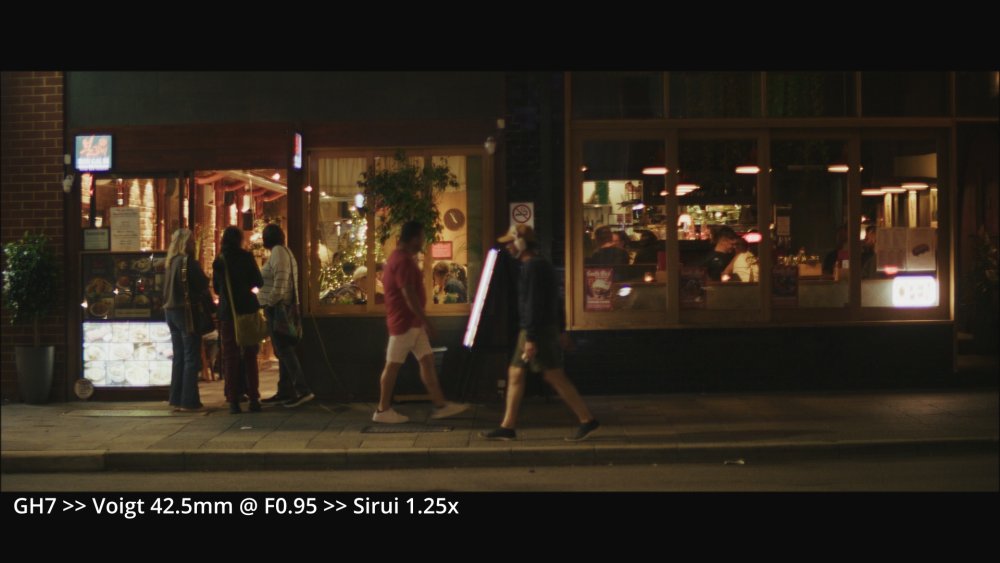
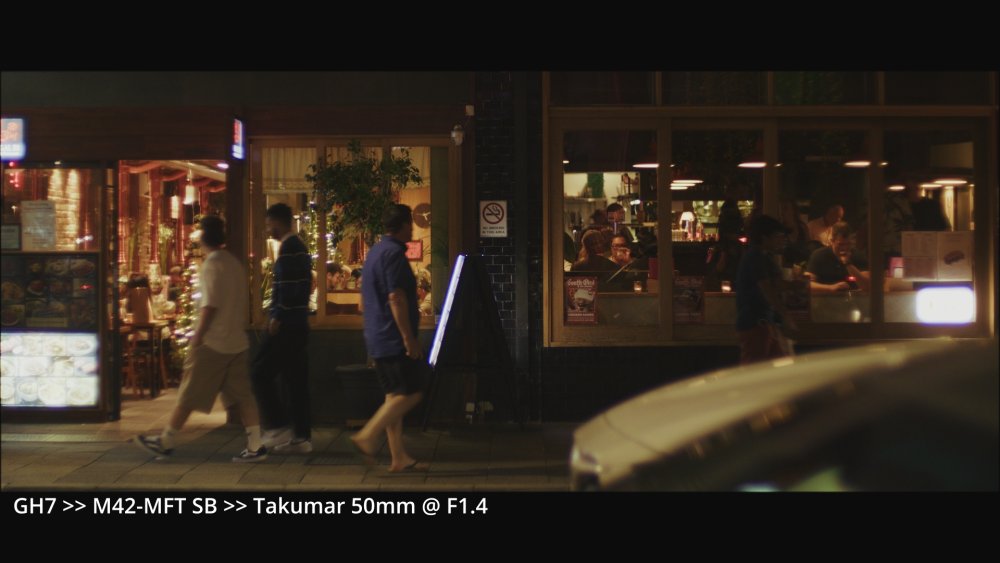
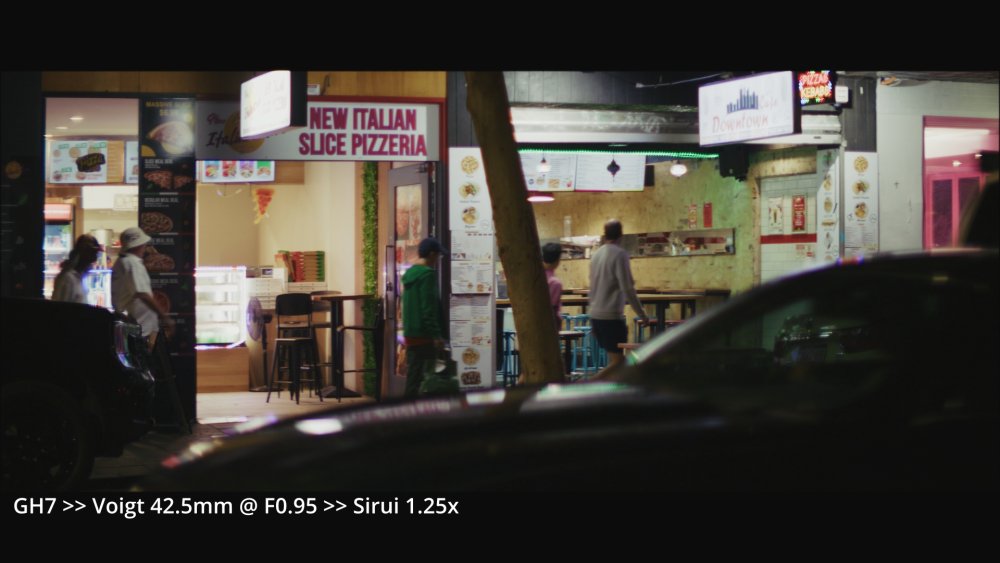
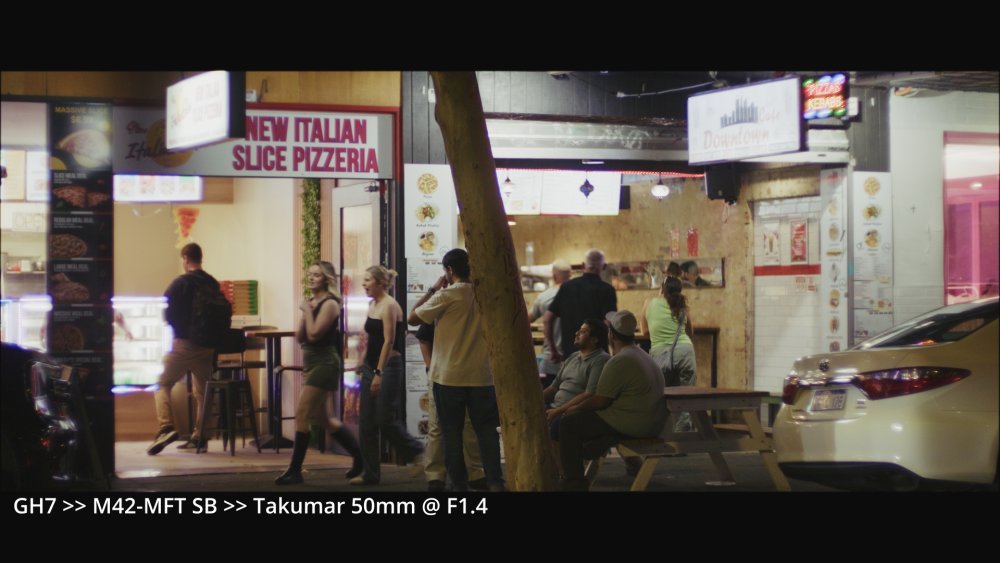
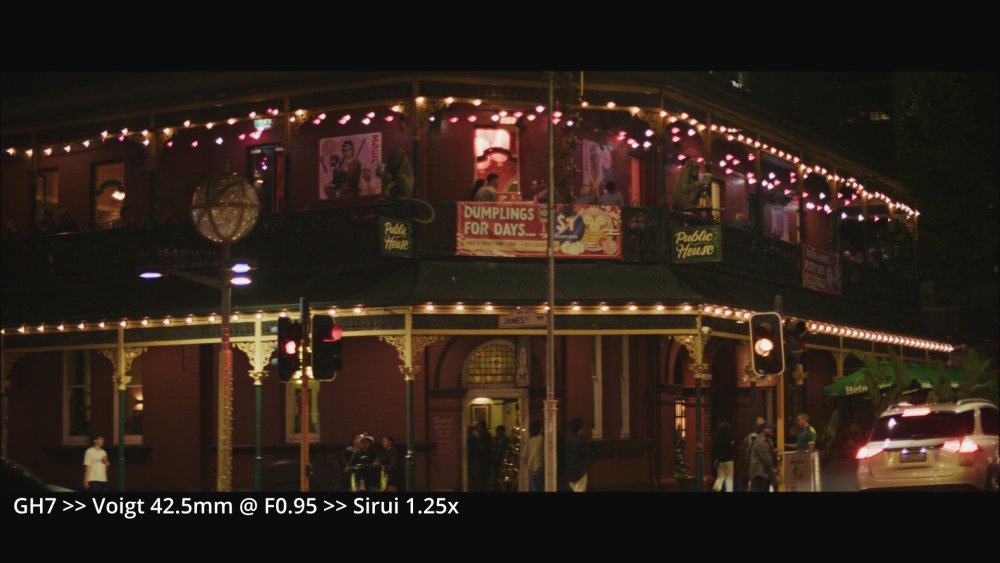
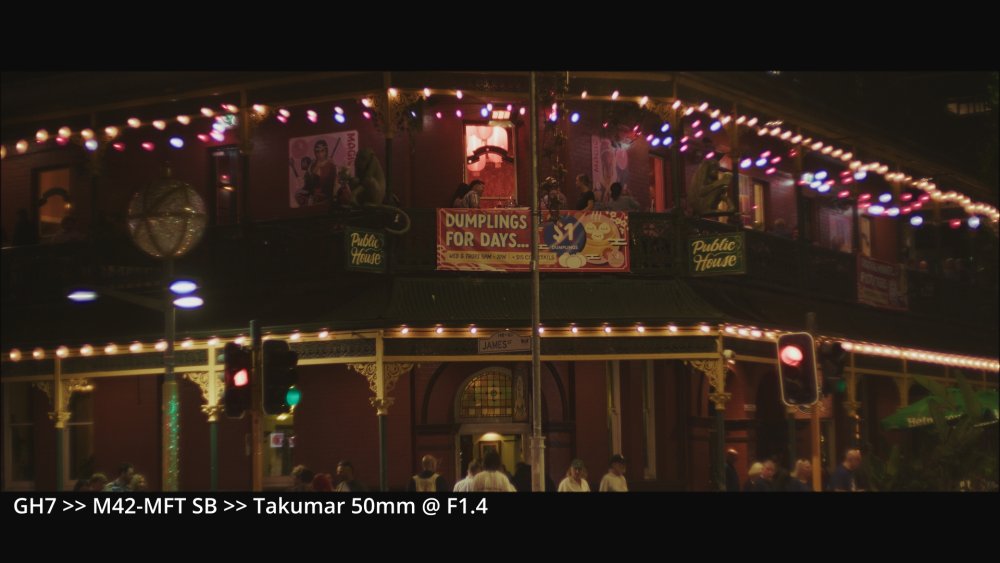
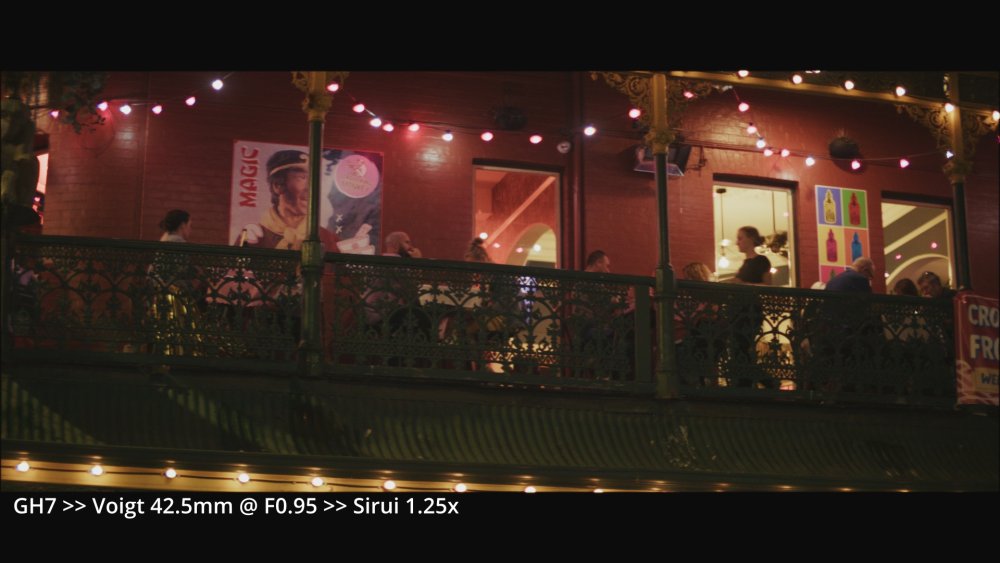
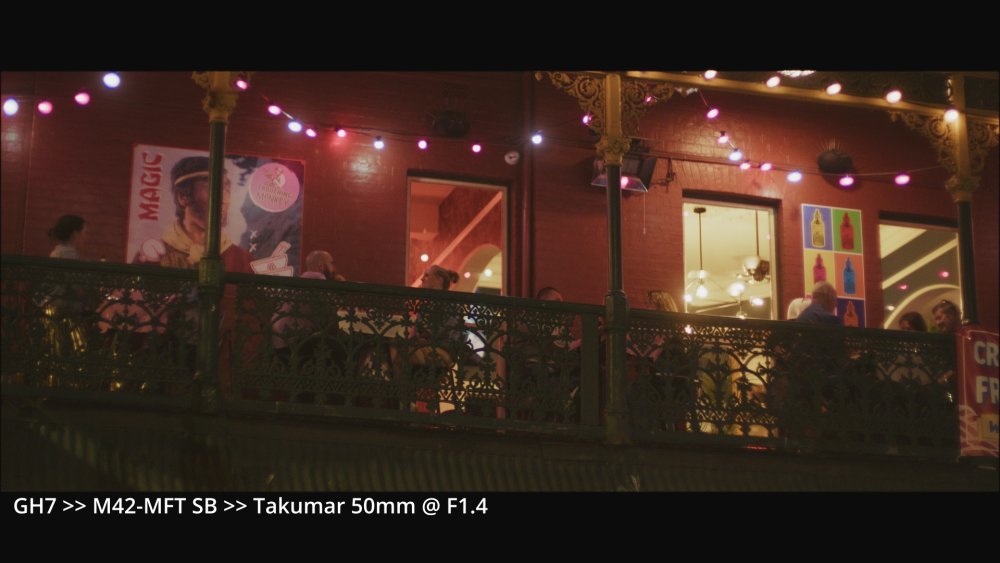
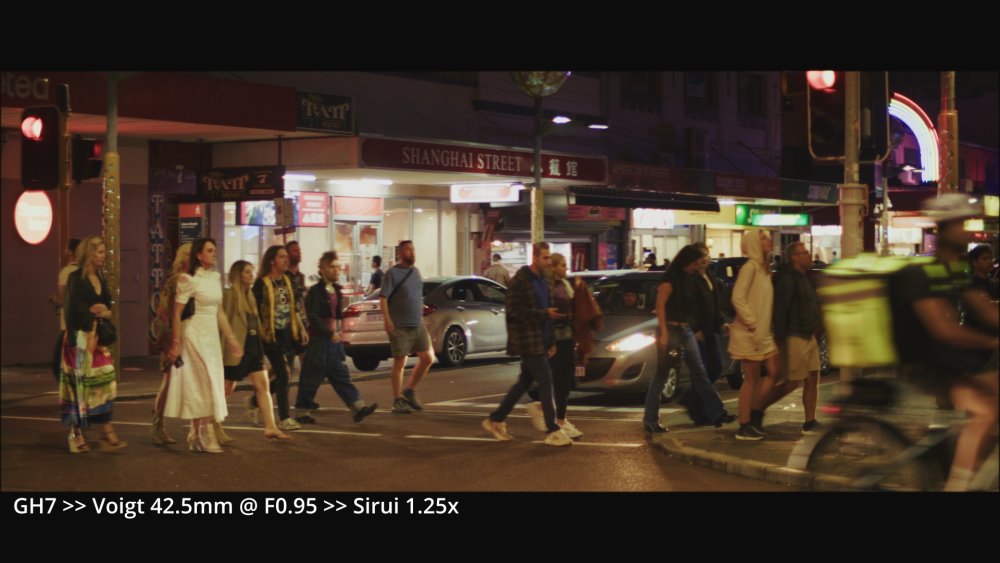
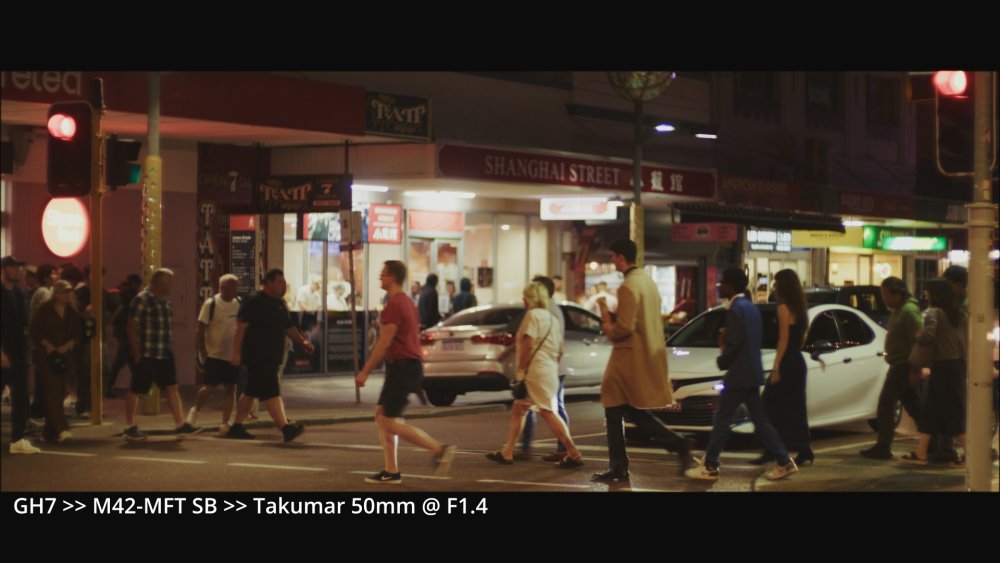
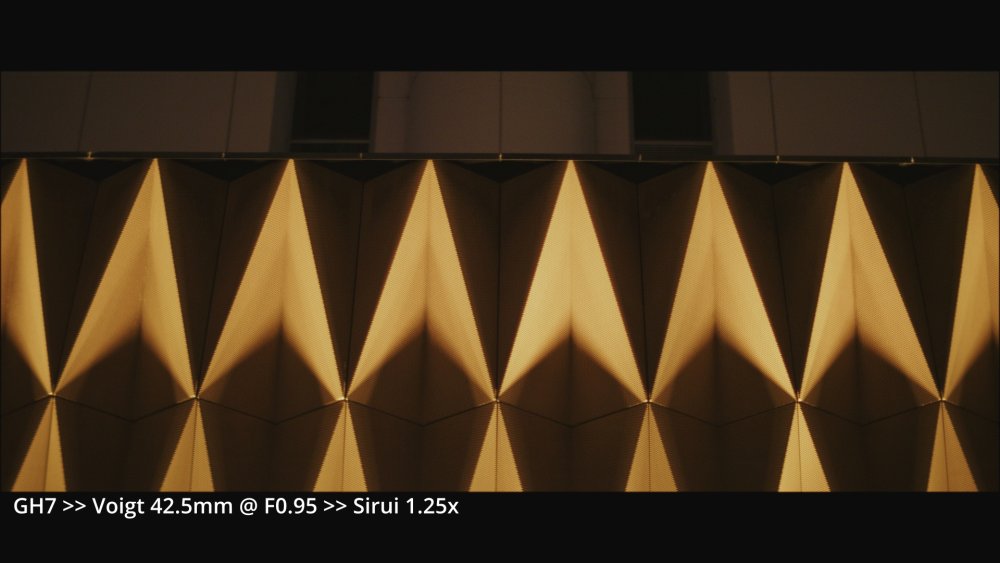
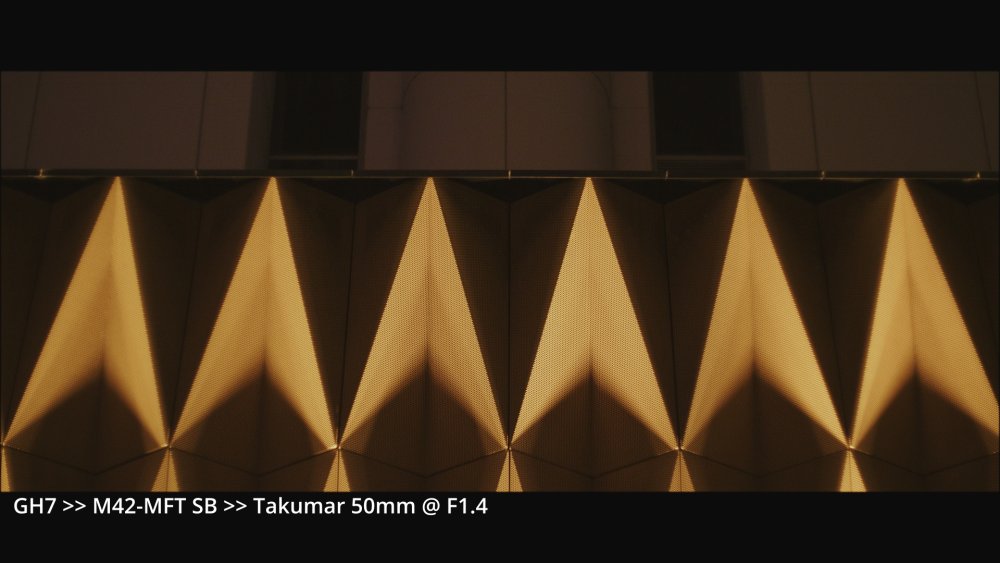
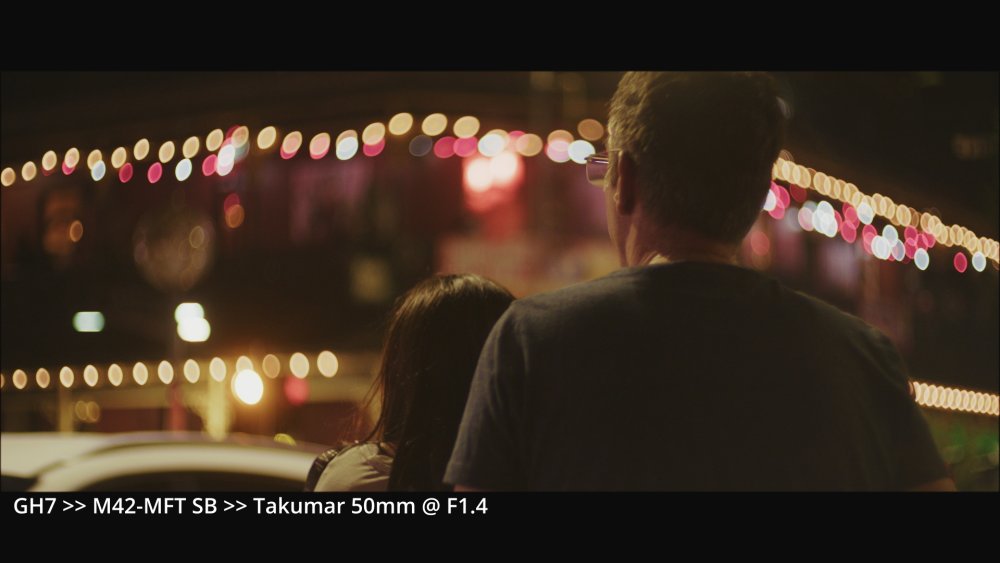
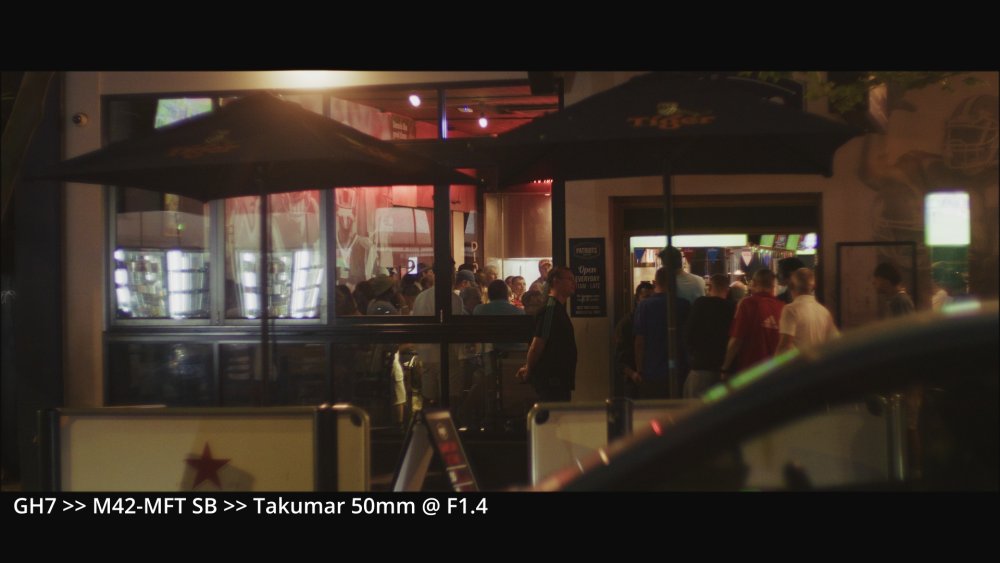
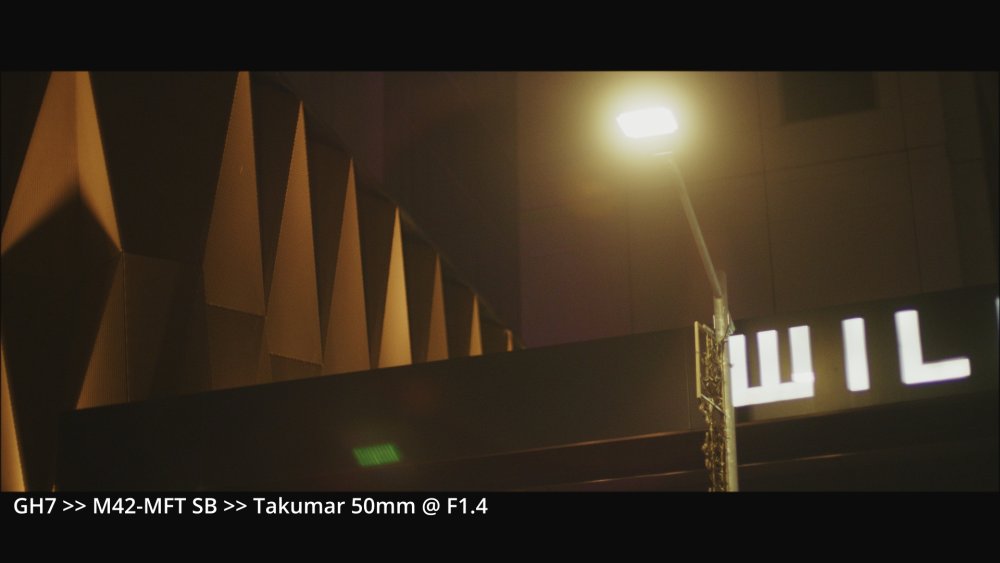
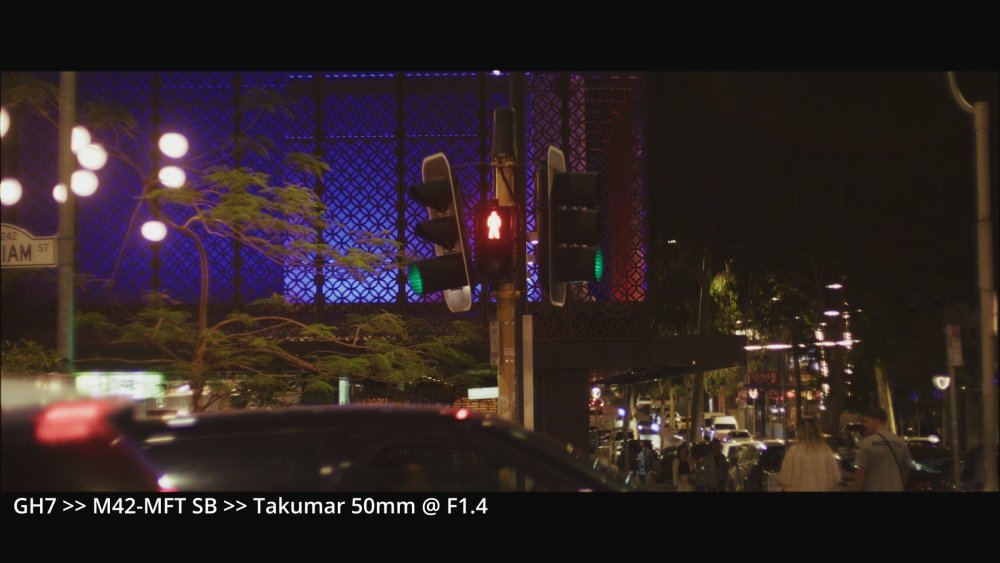
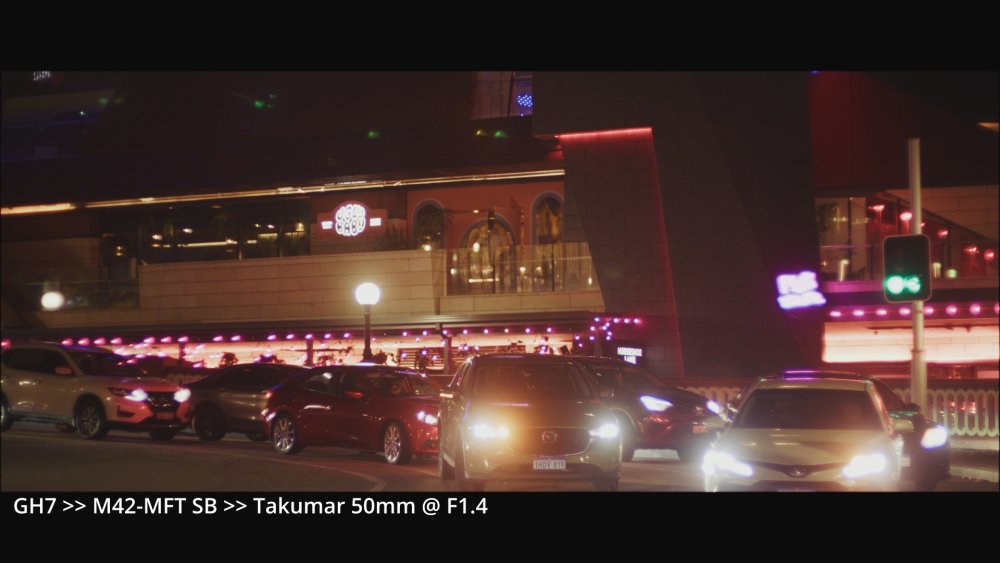
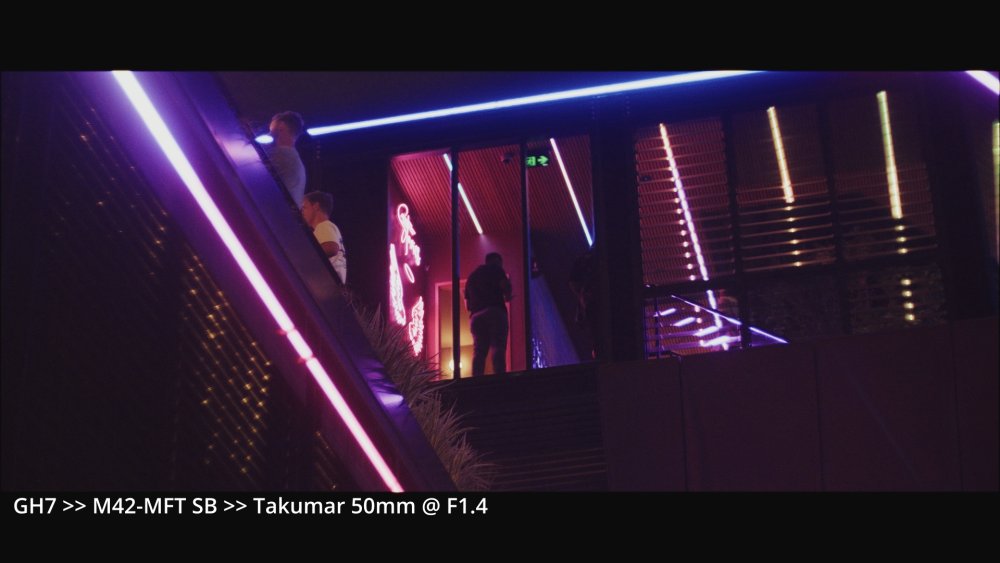
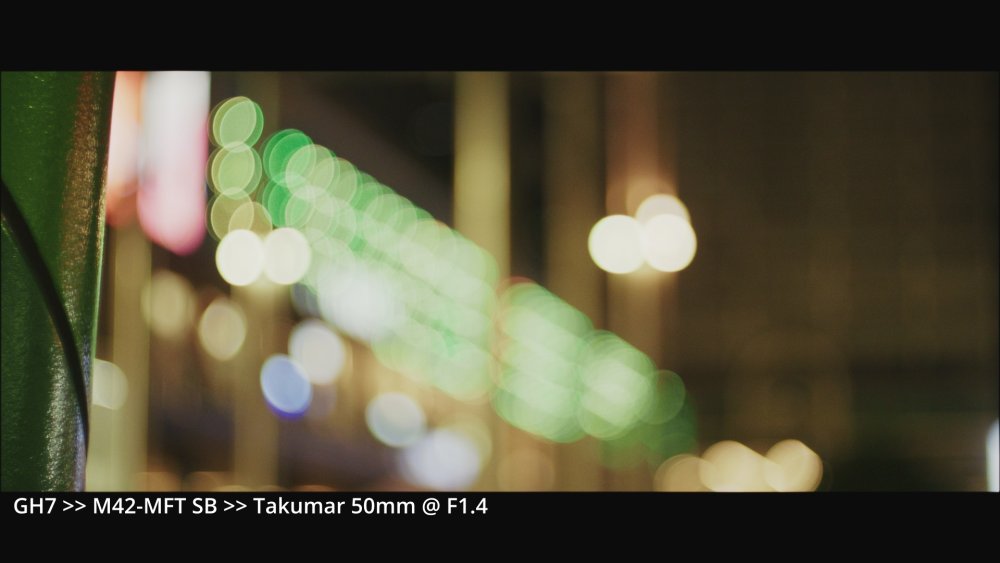
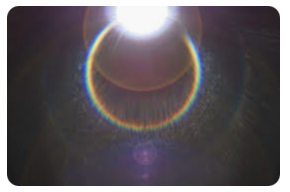


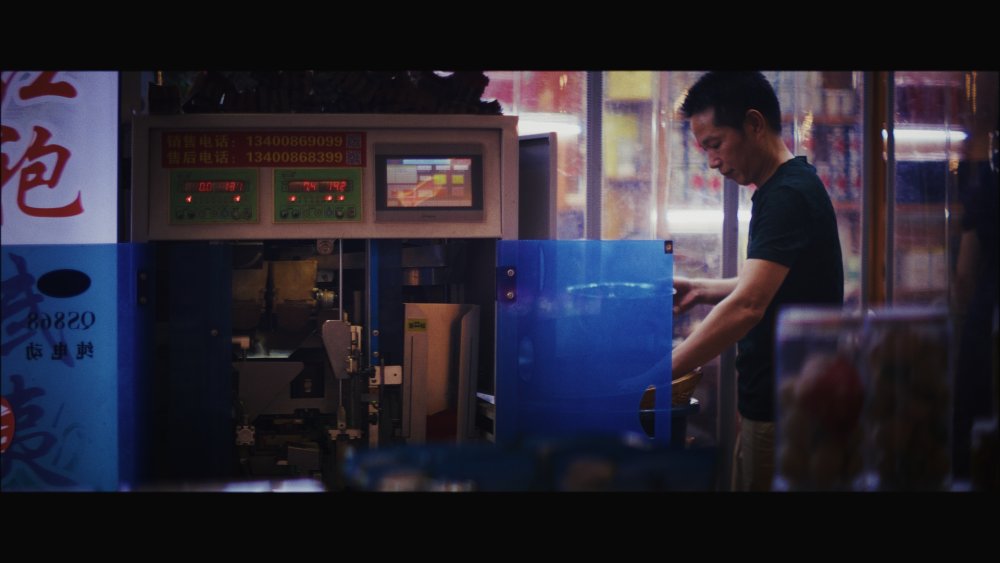
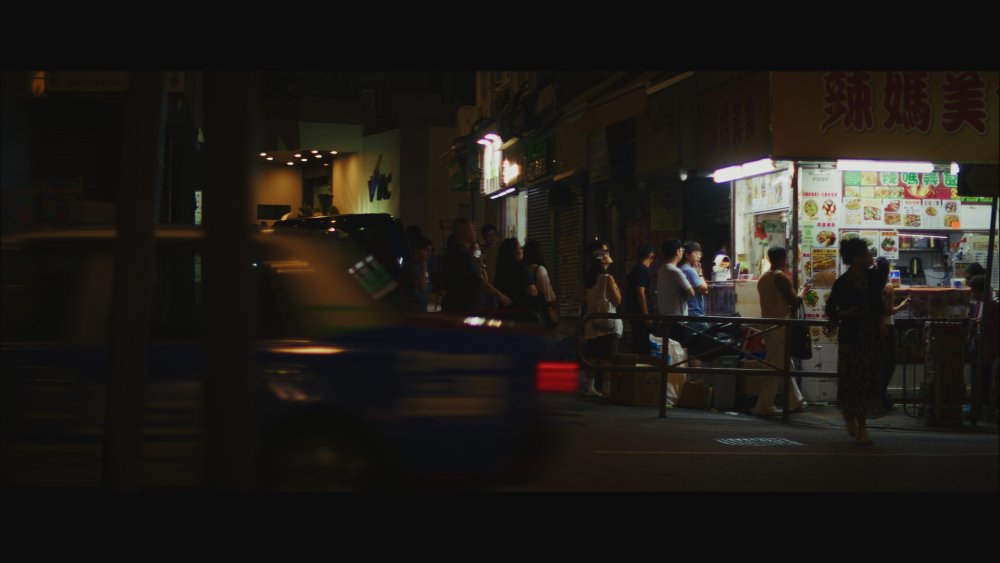
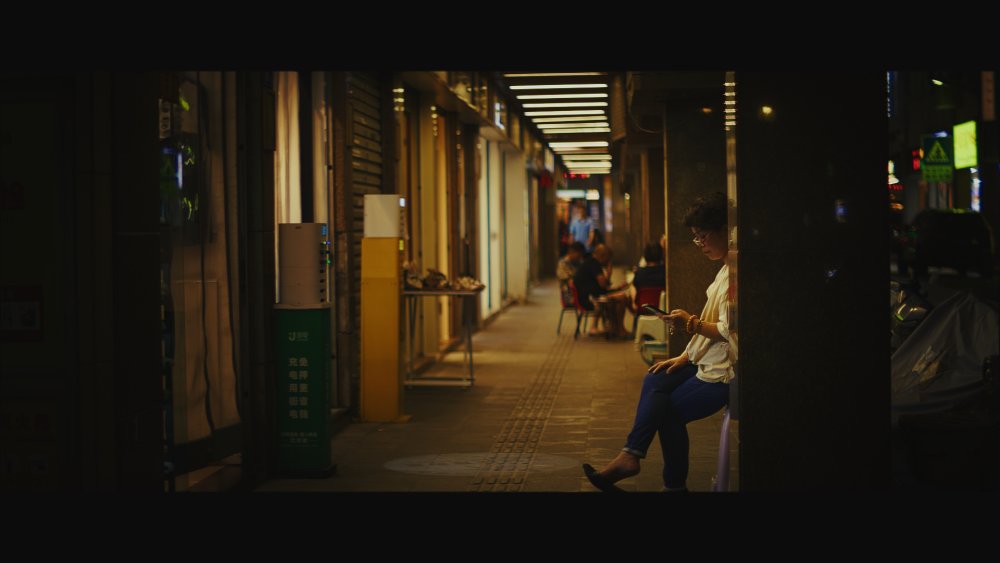
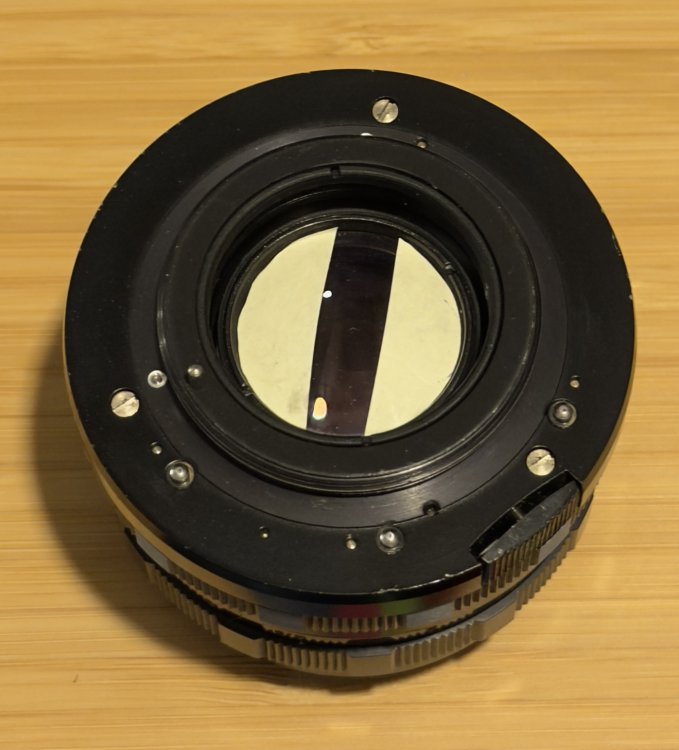
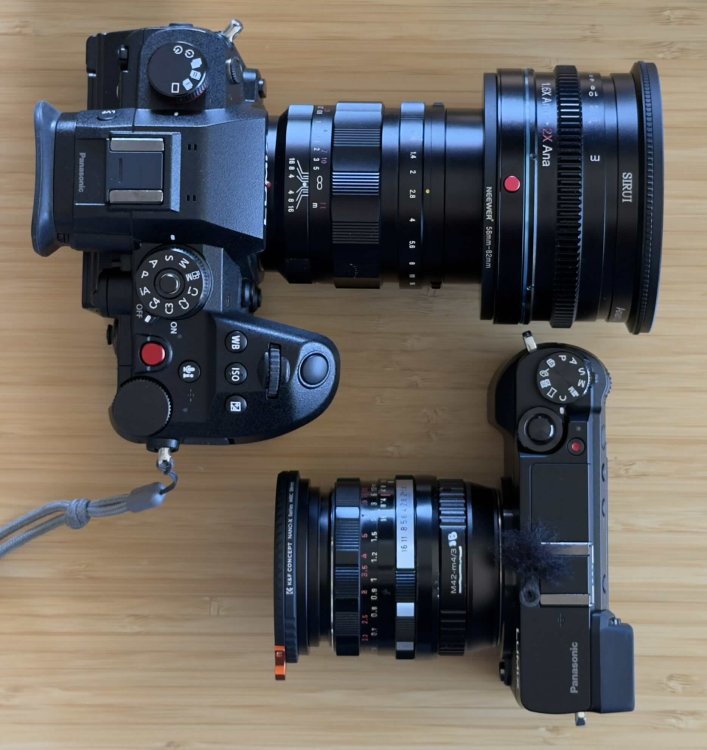

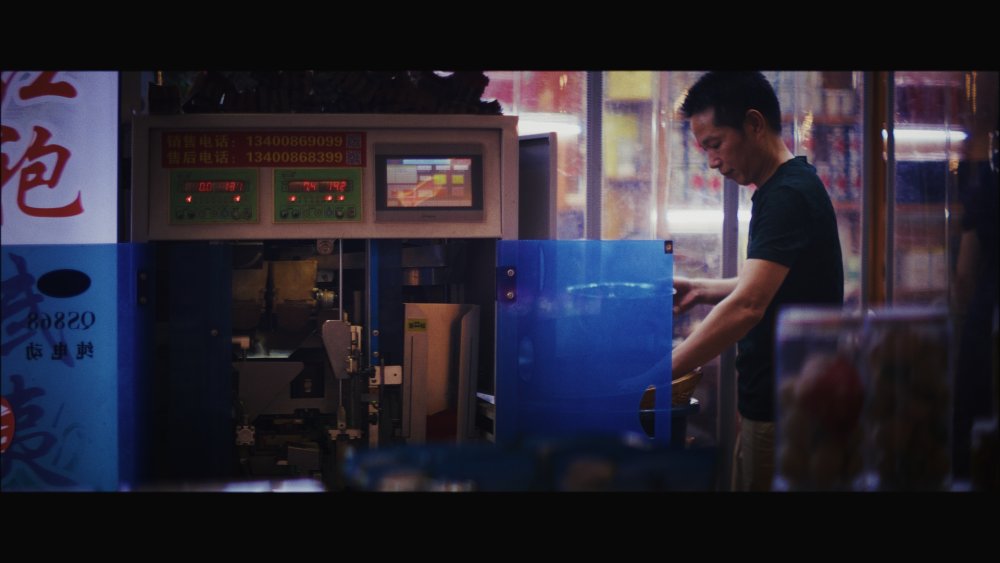
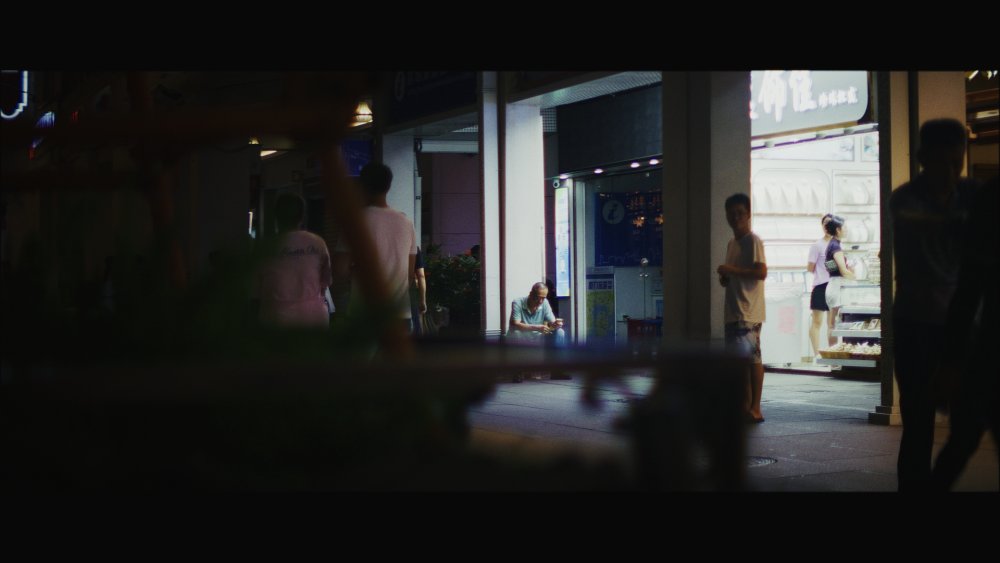
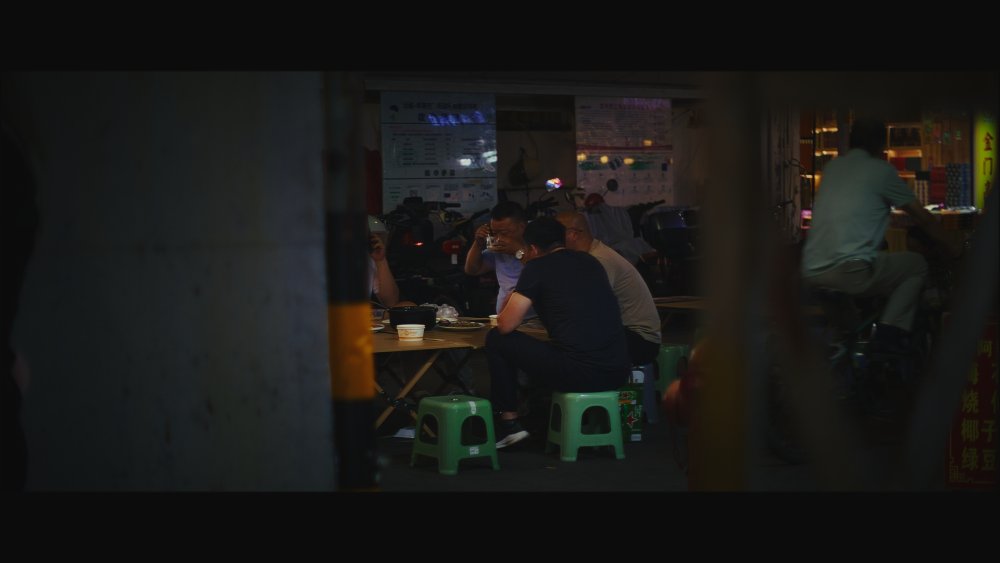
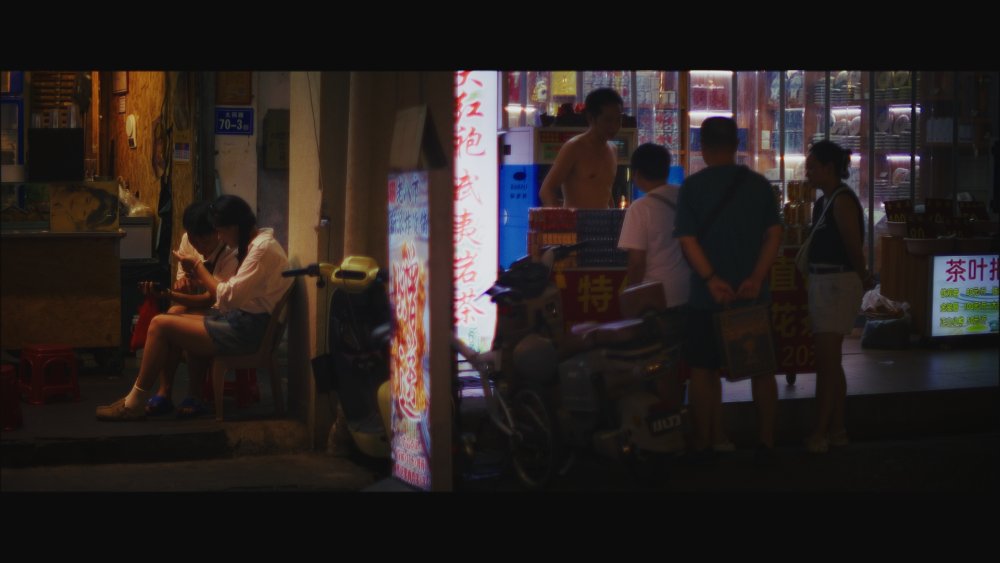
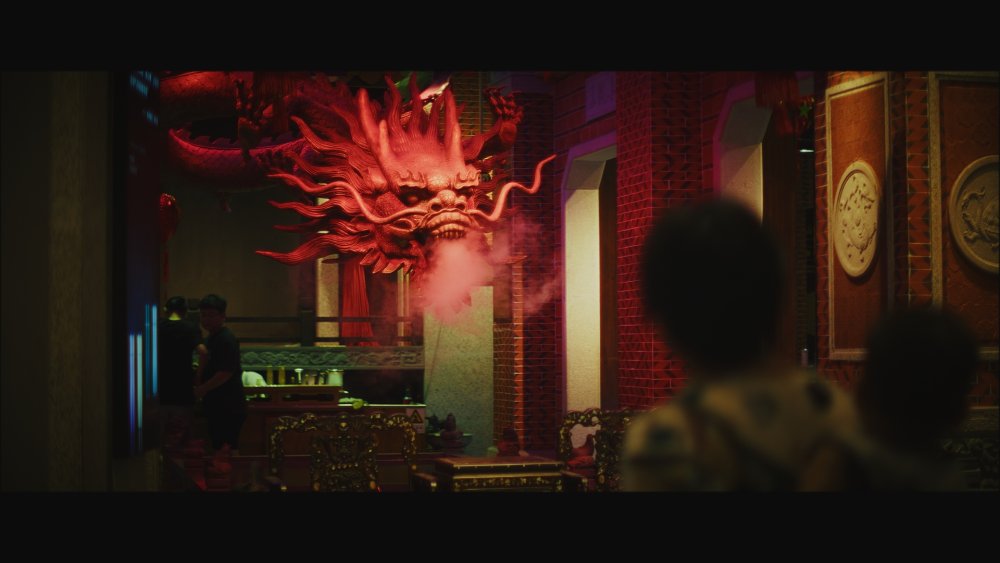
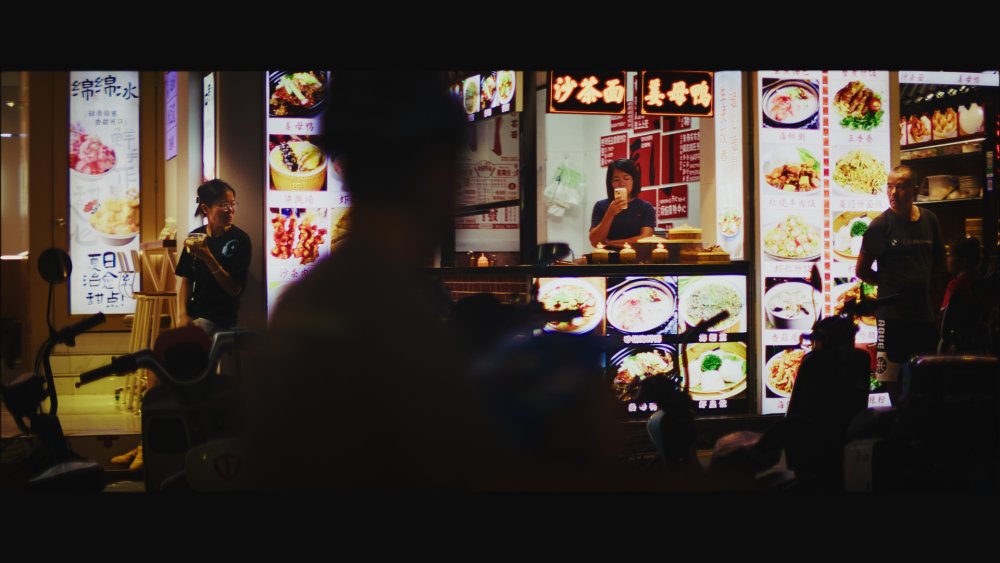
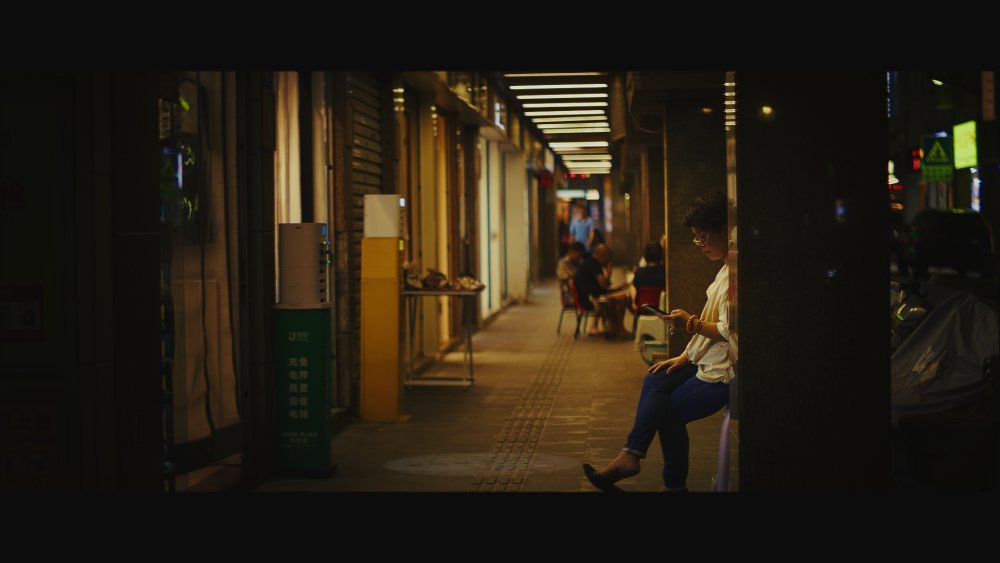
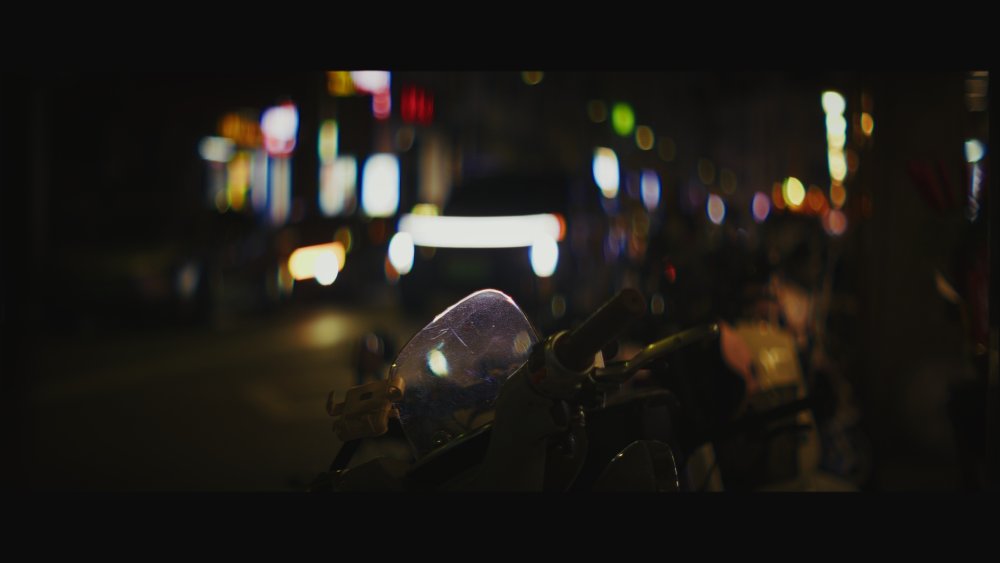
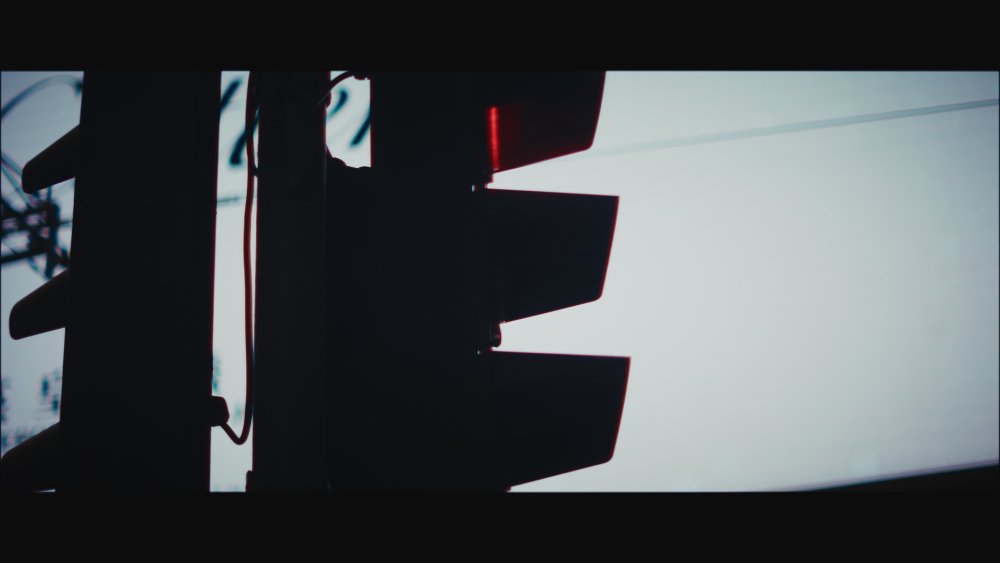
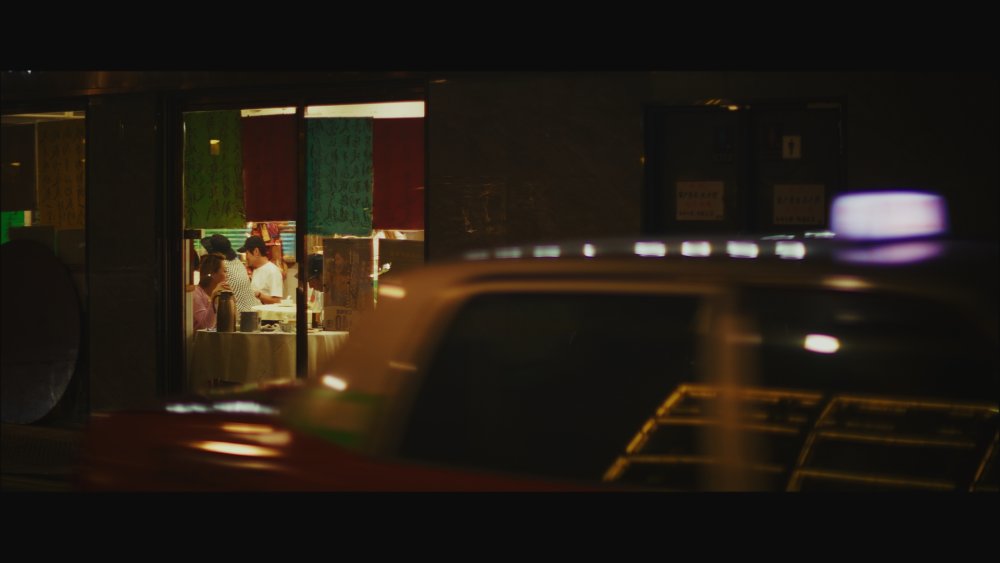
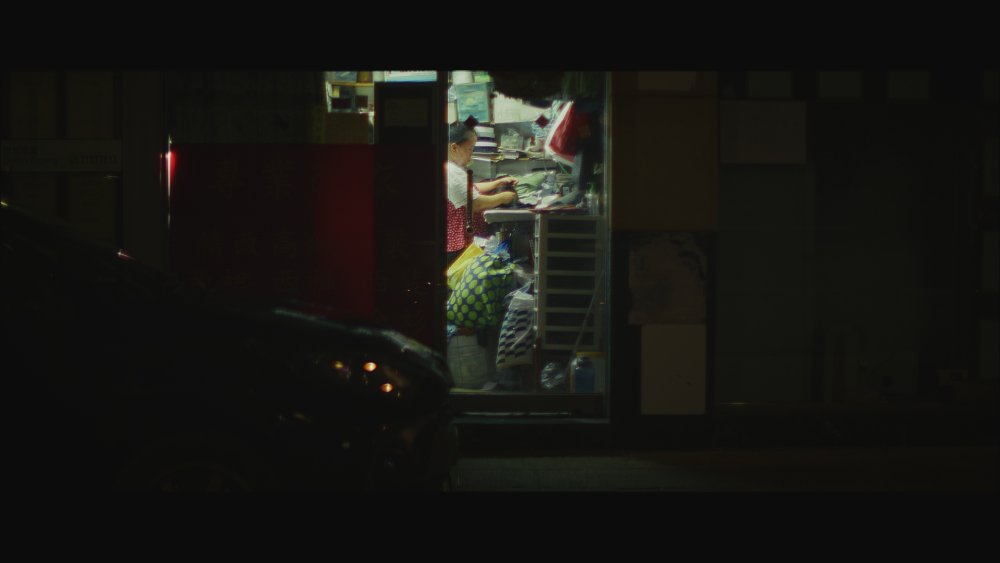
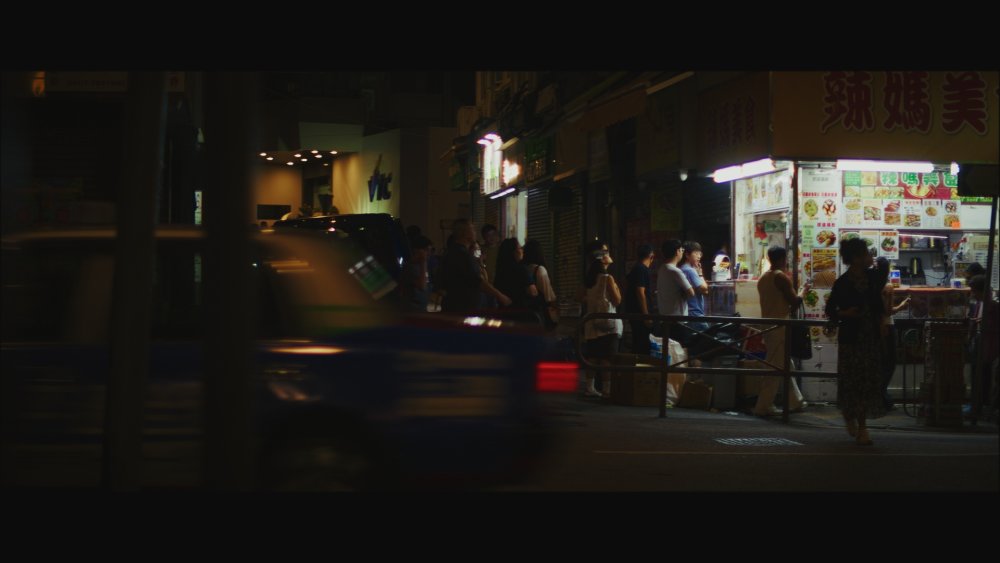
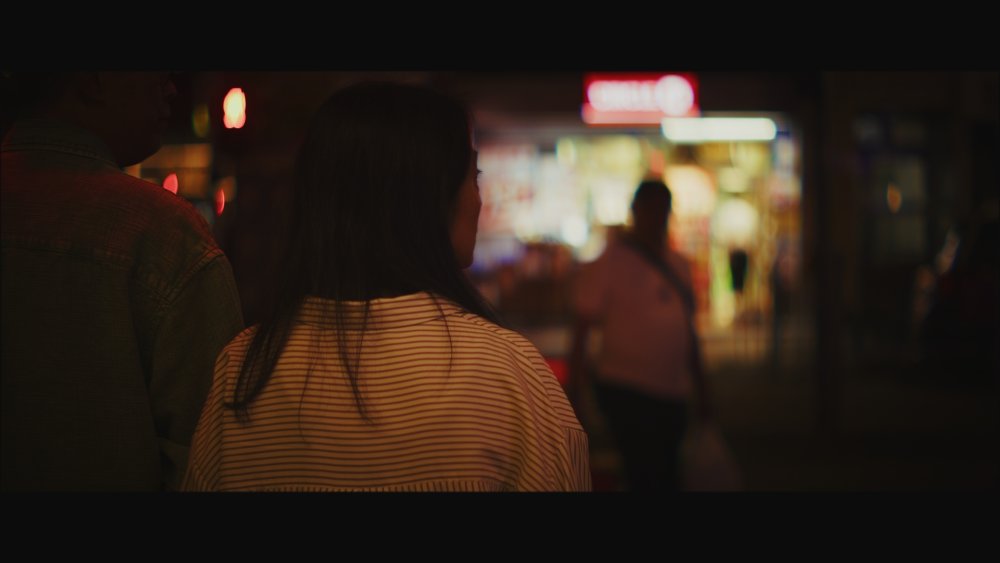
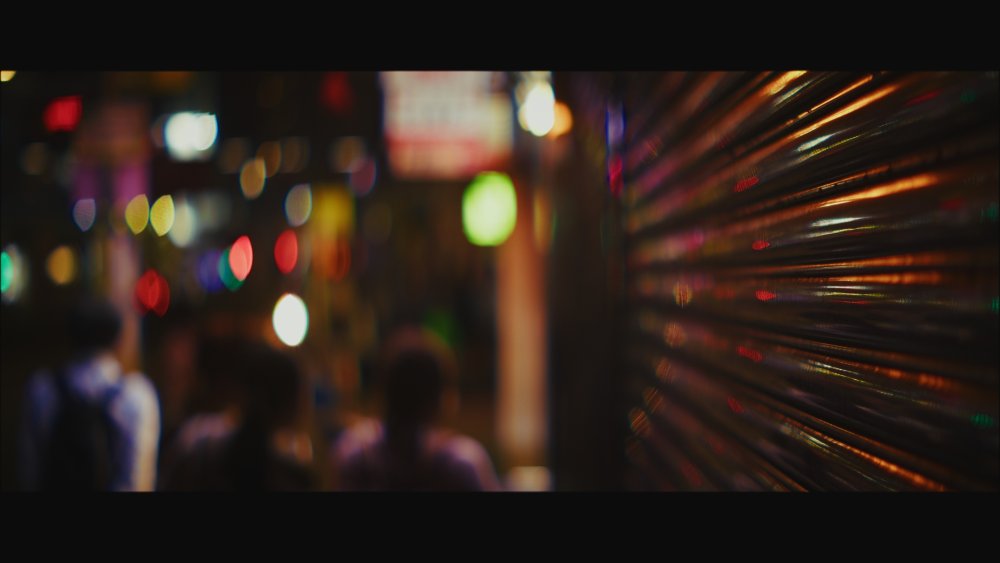
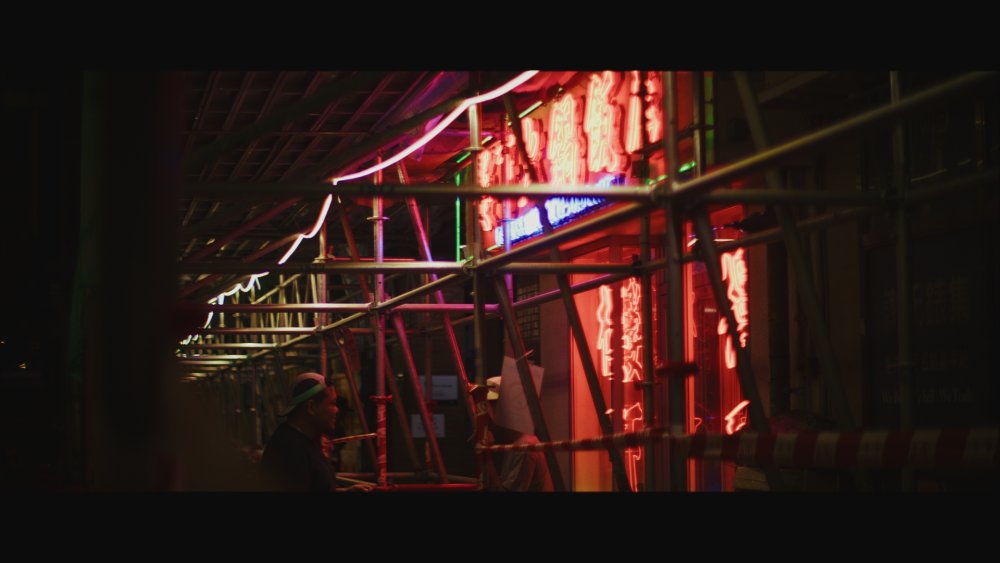
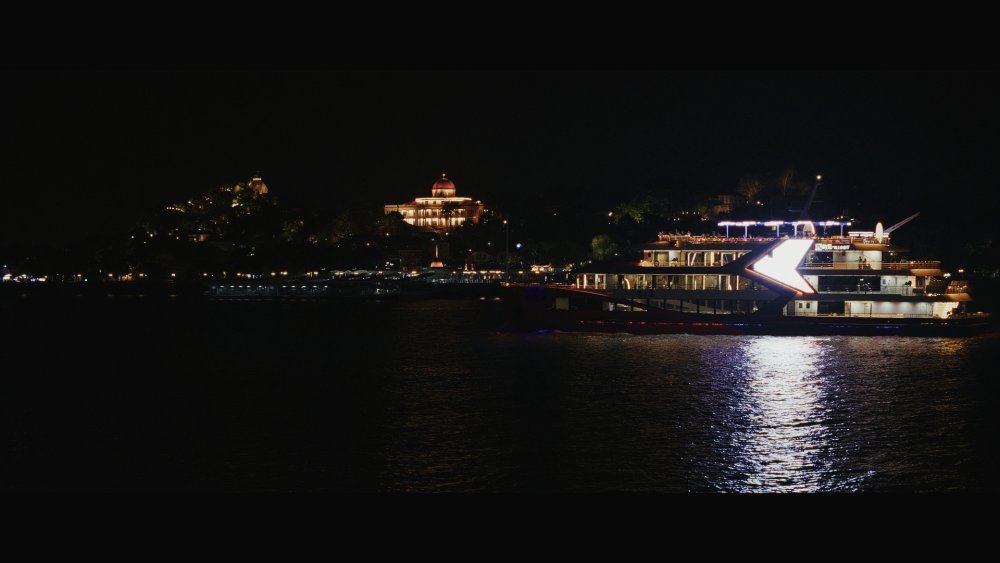
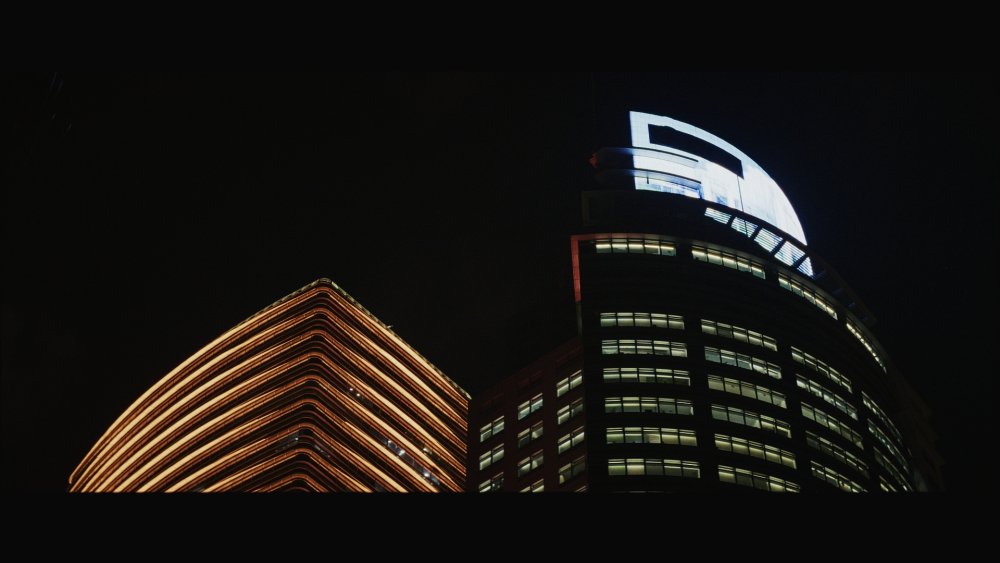
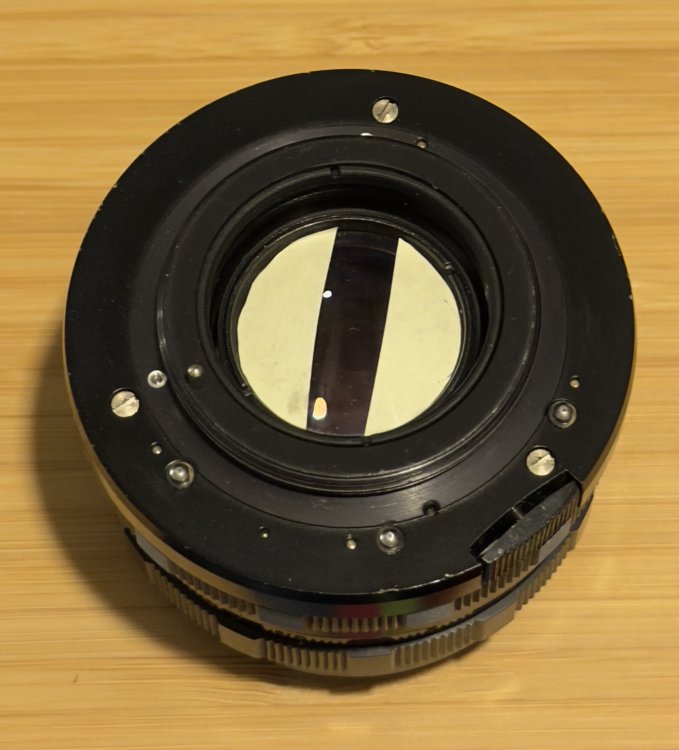
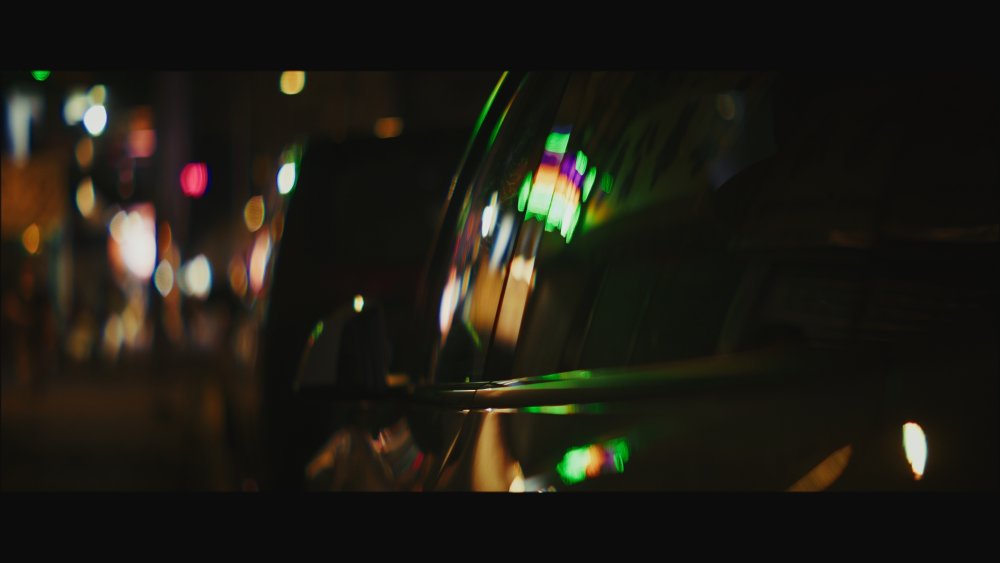
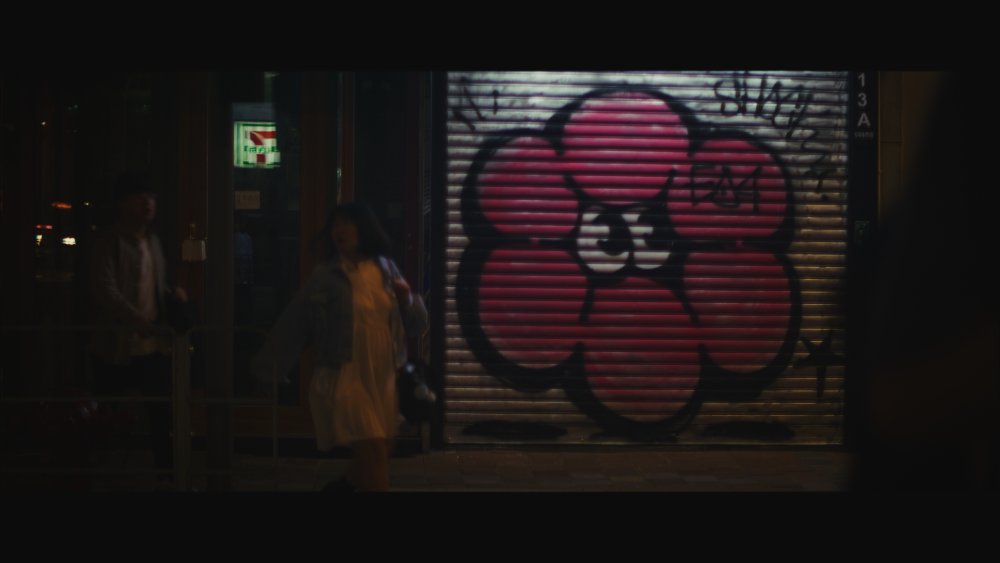
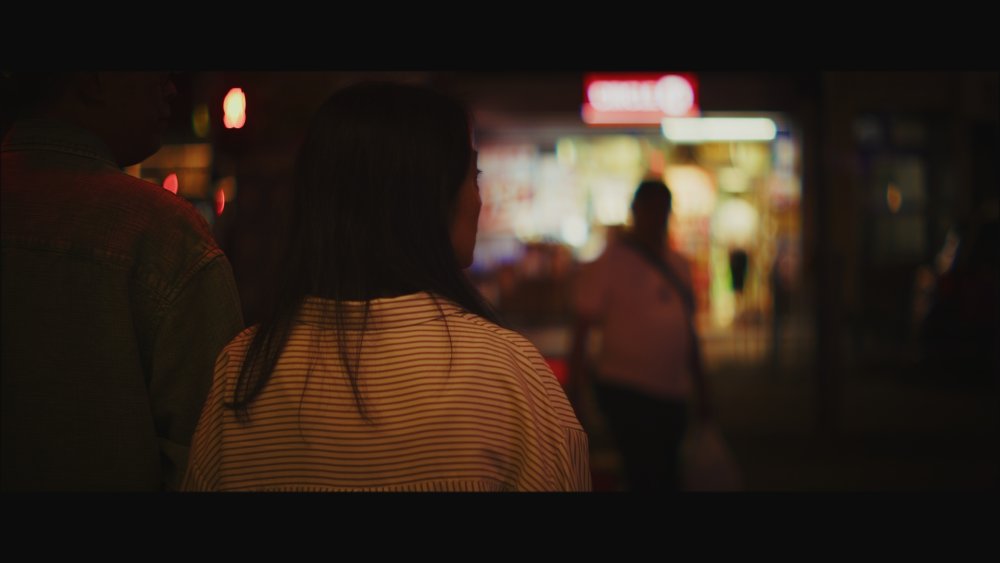
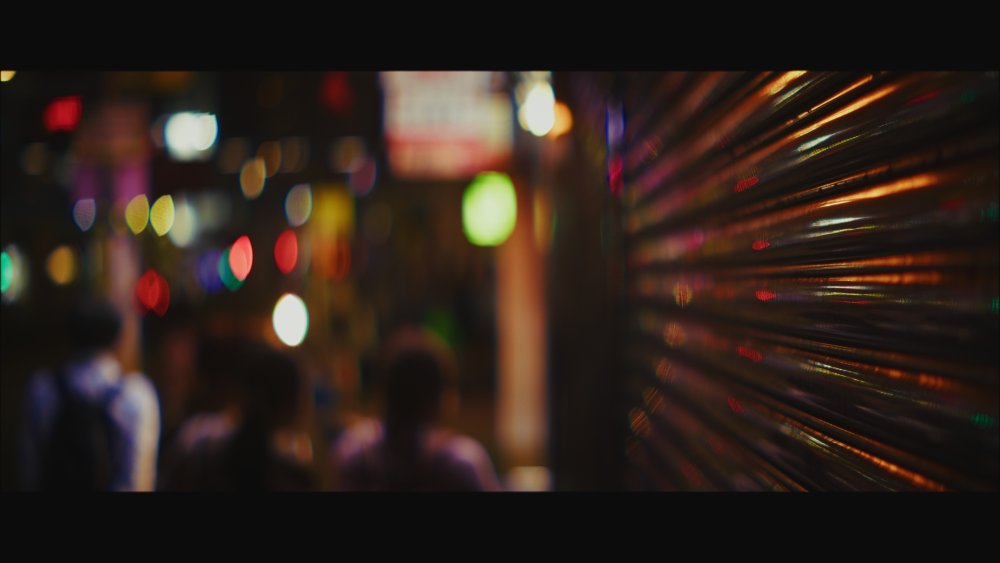
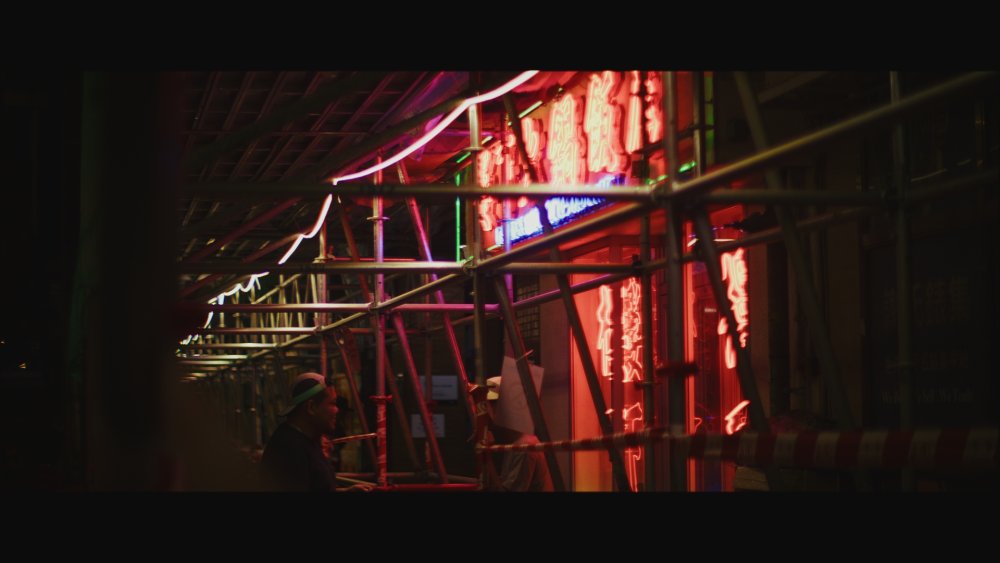
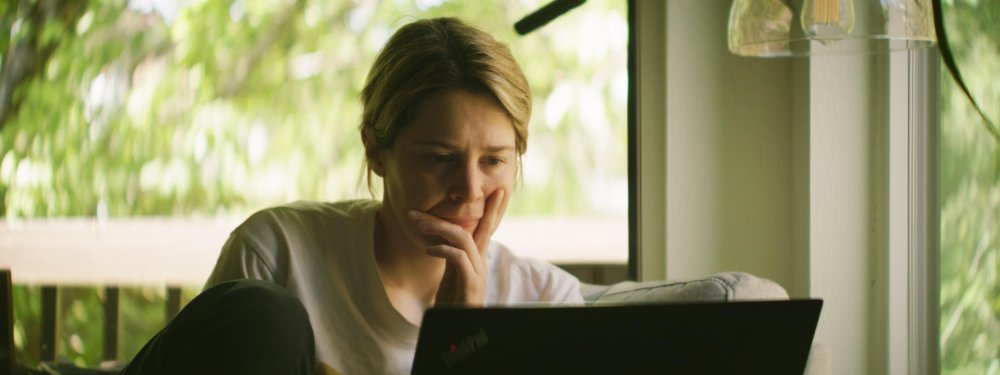
_1.2.1.thumb.jpg.3121de2fa91a61db3546cab951b51e5e.jpg)
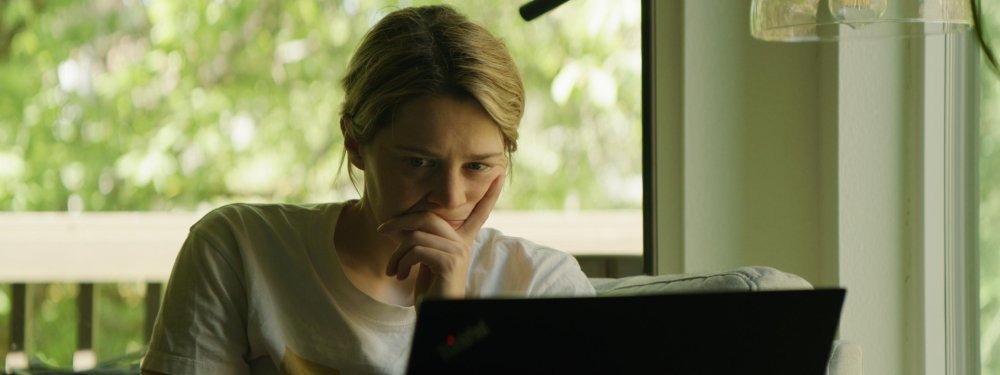
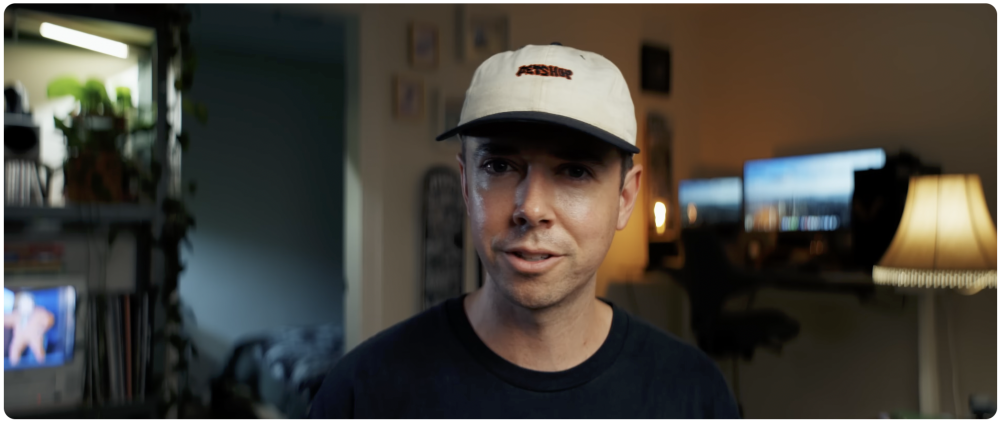
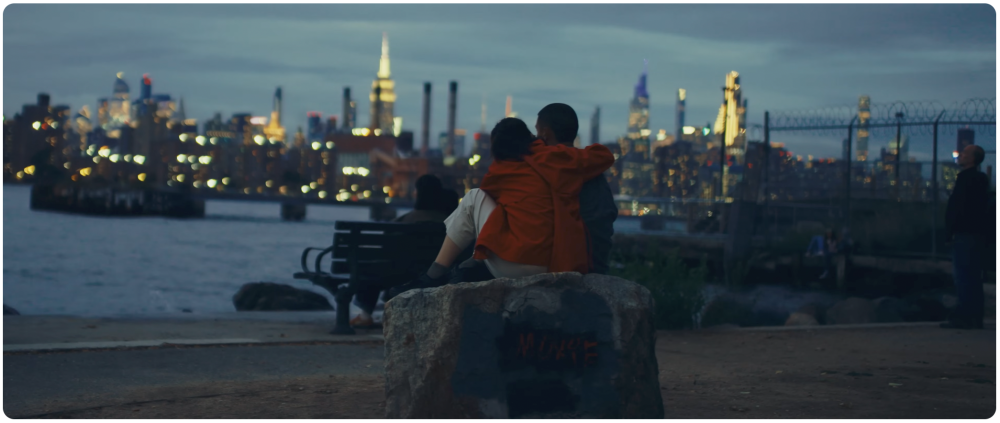

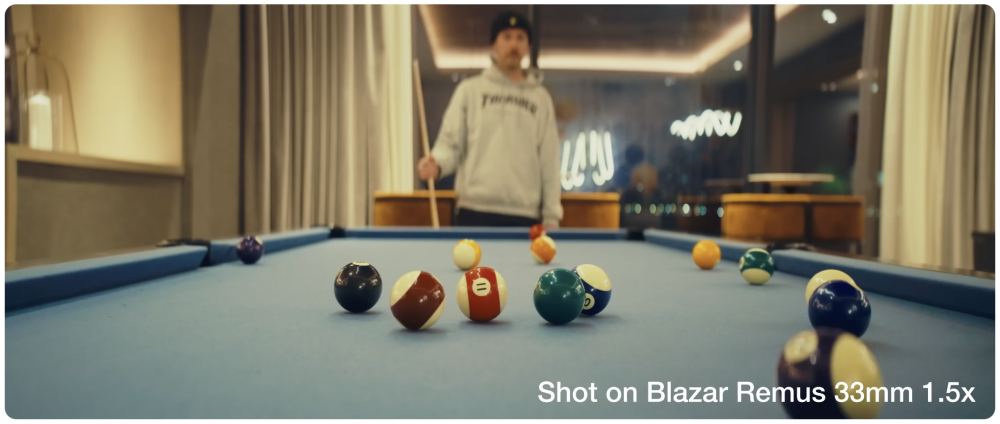
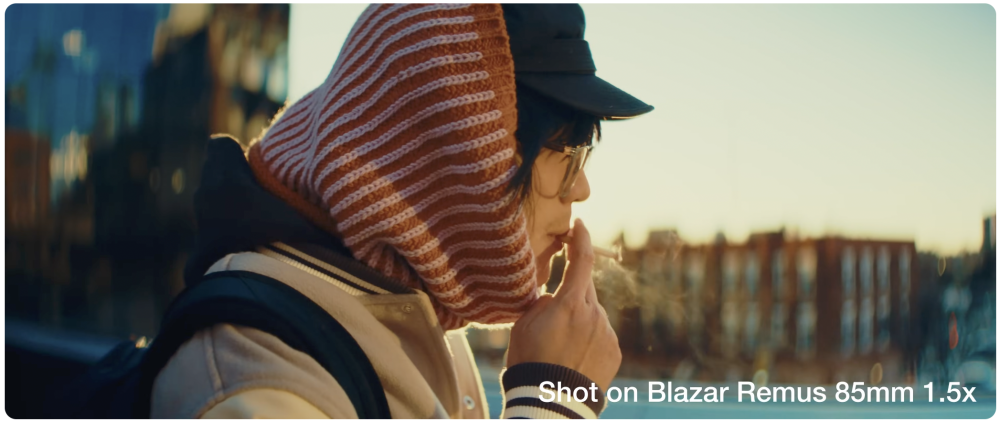
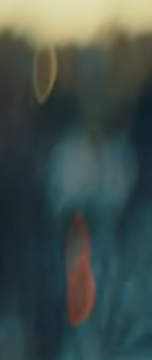
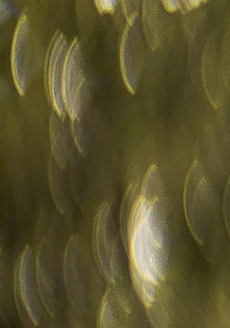
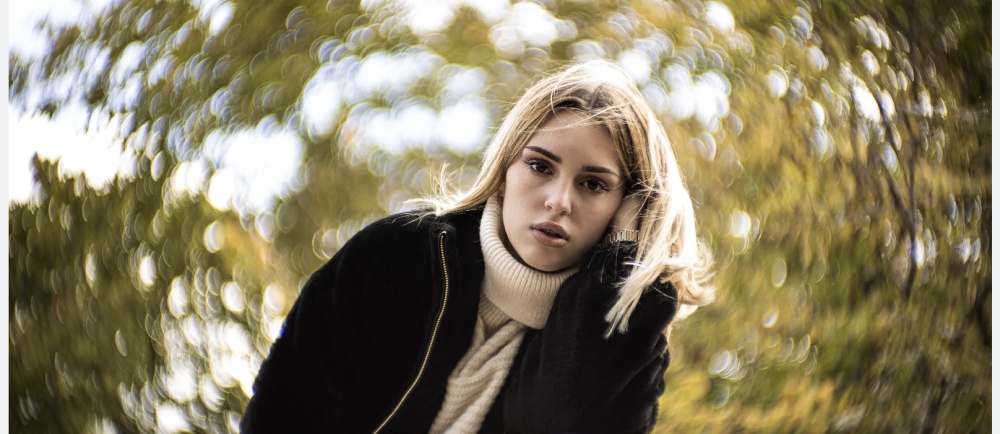
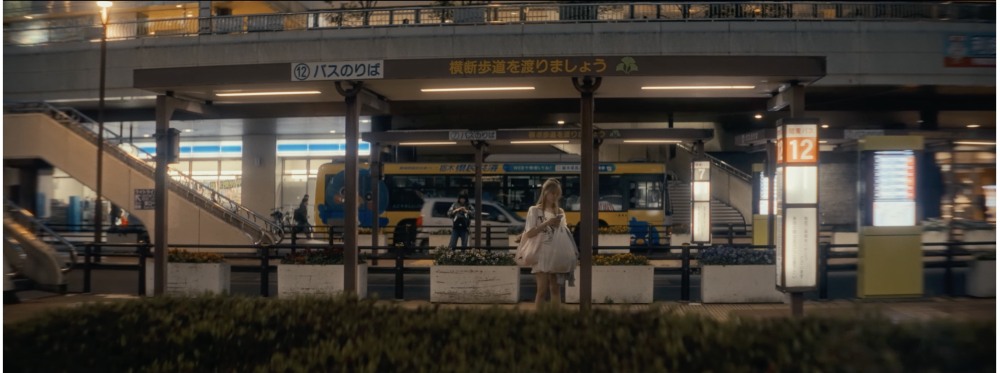
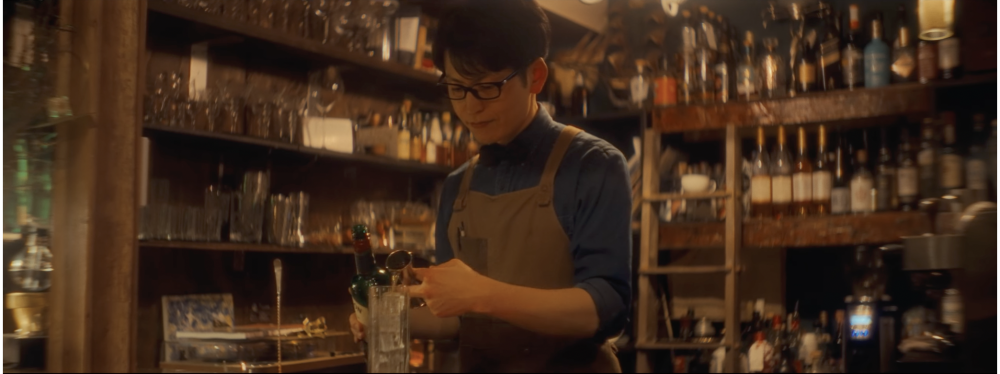
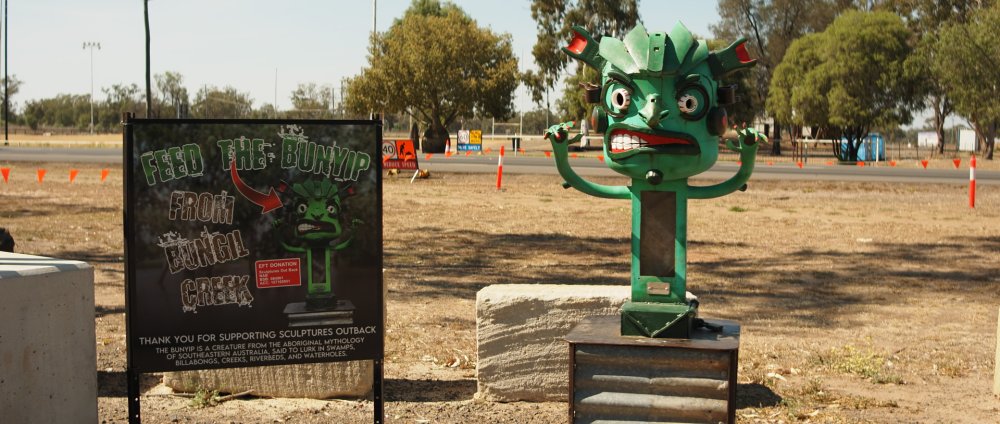
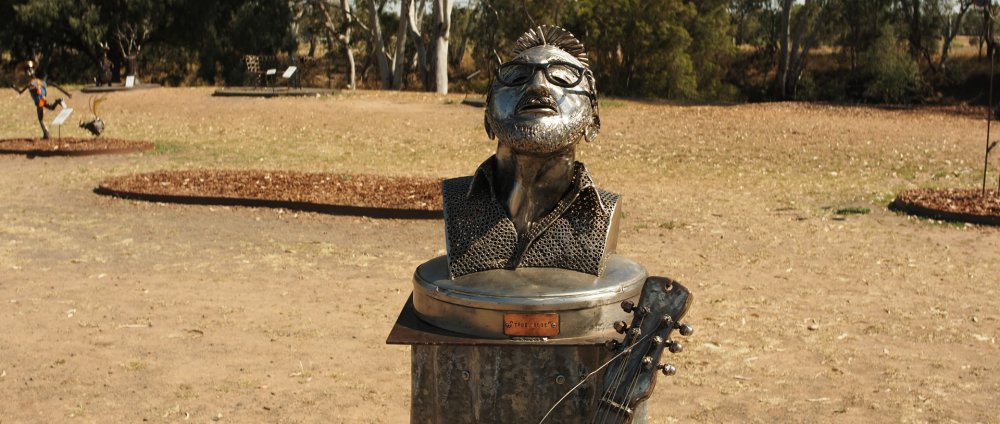
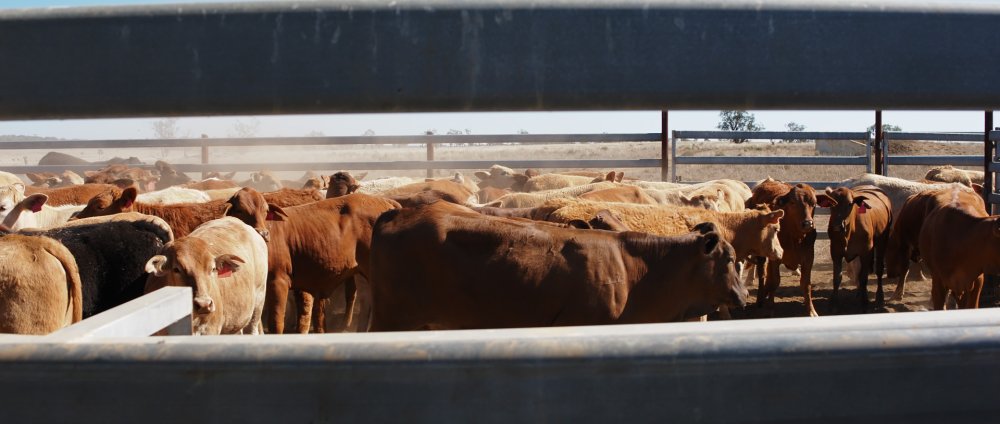
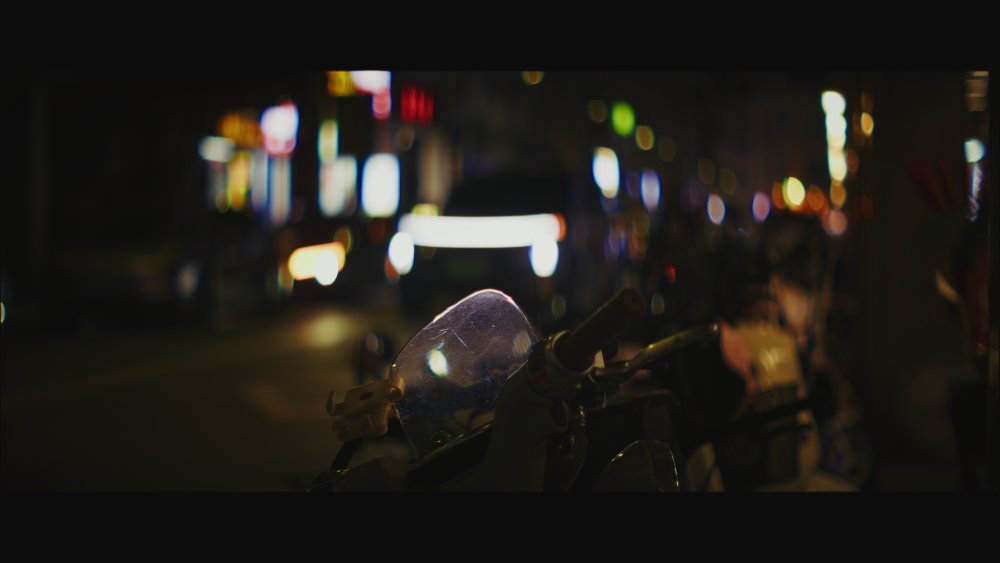
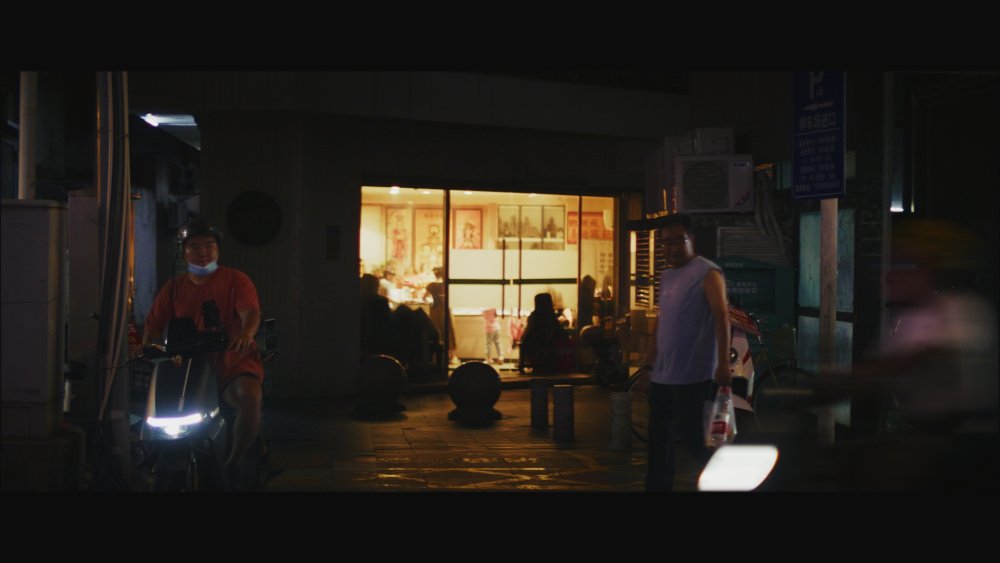
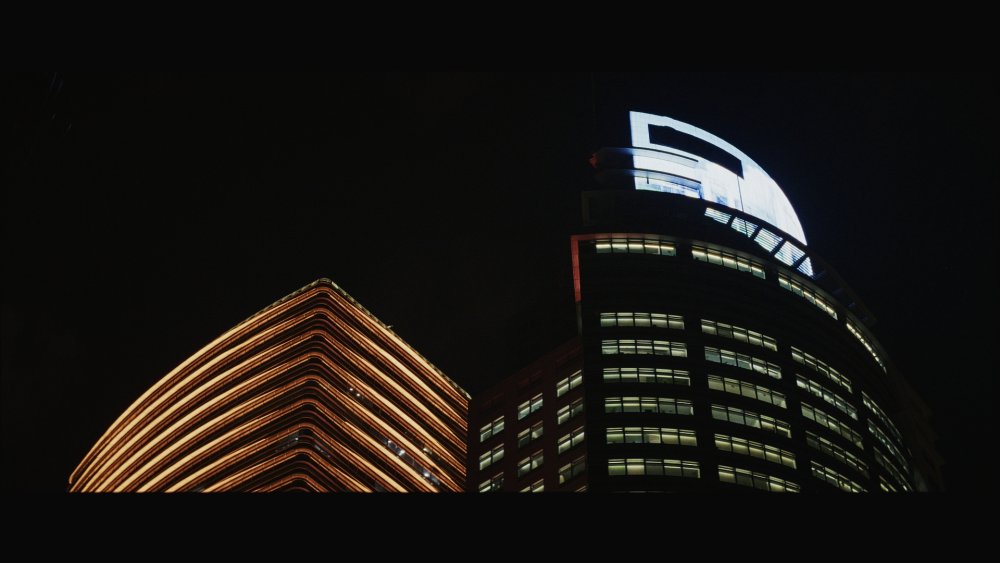
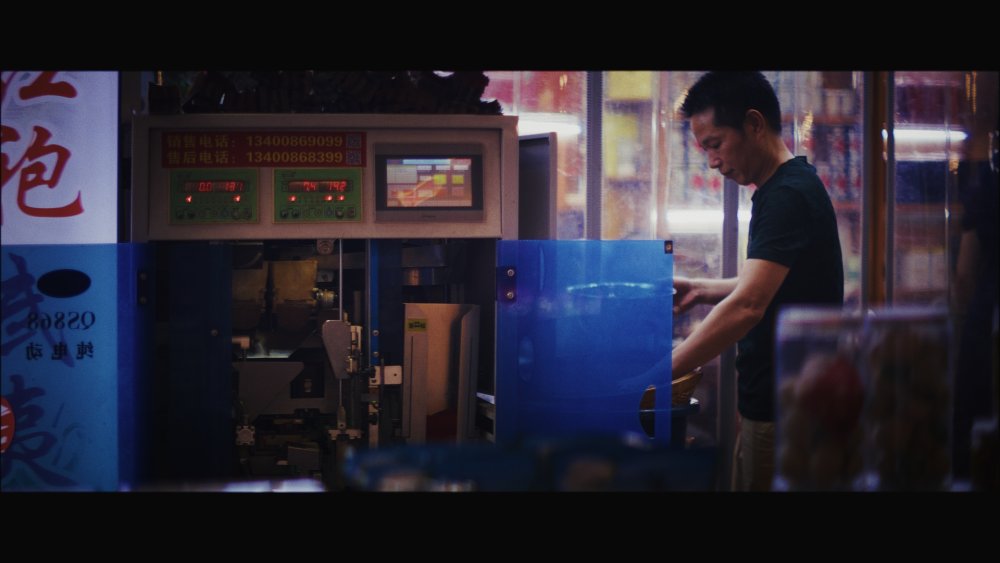
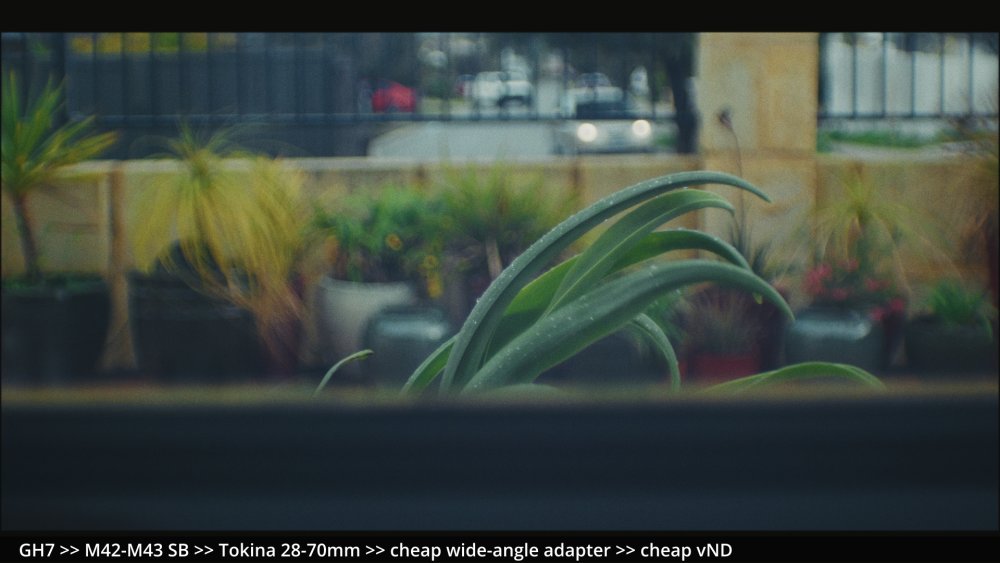
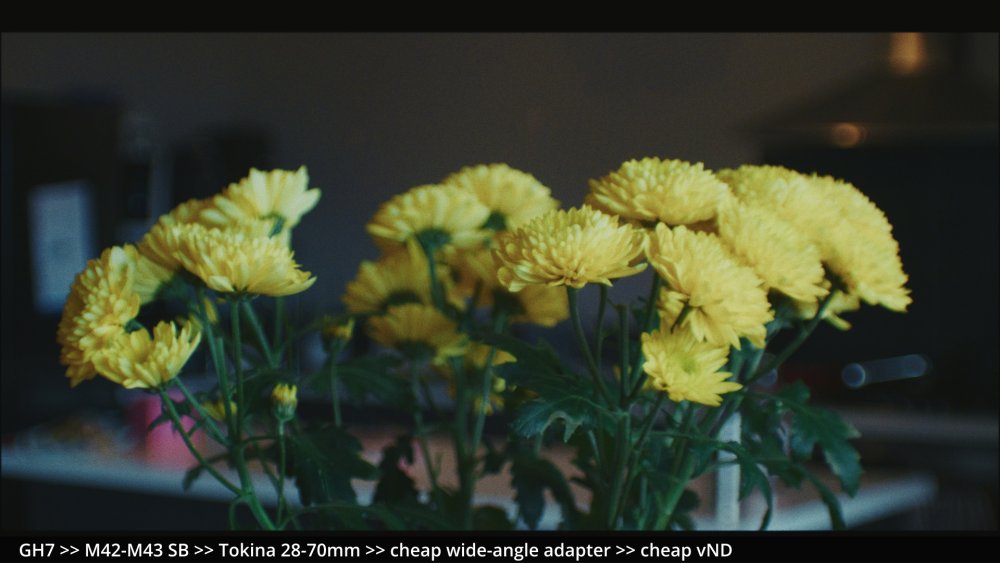
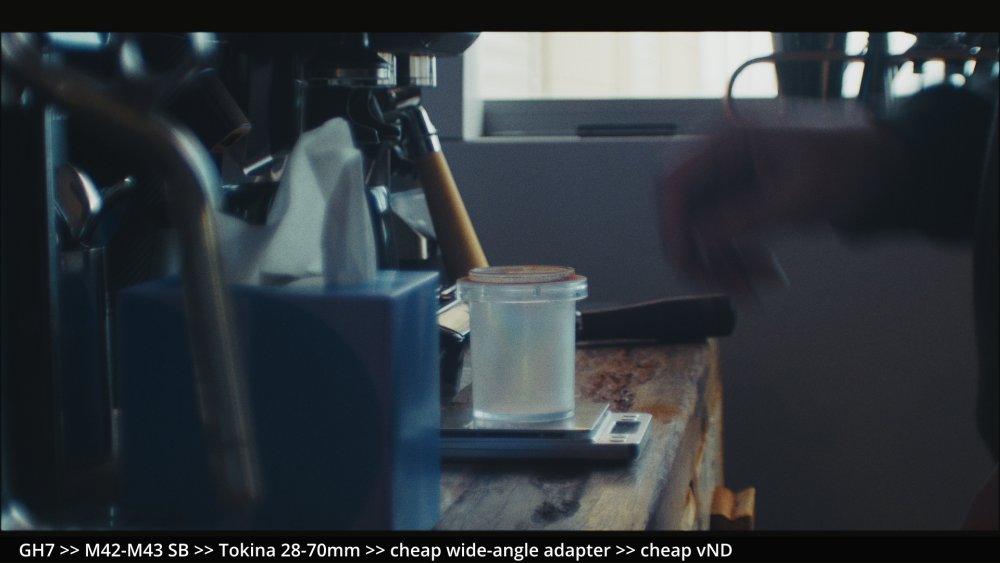
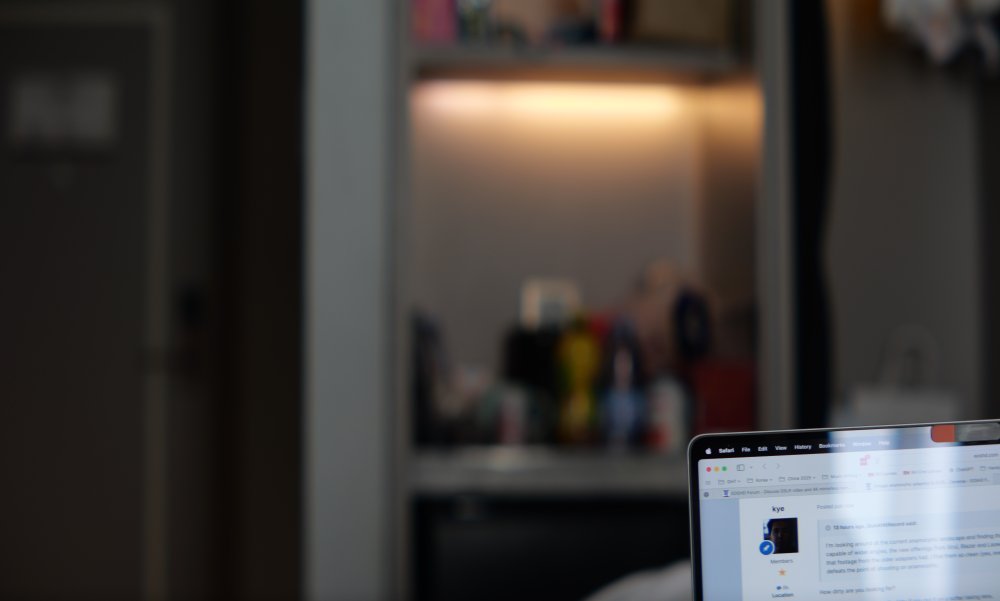
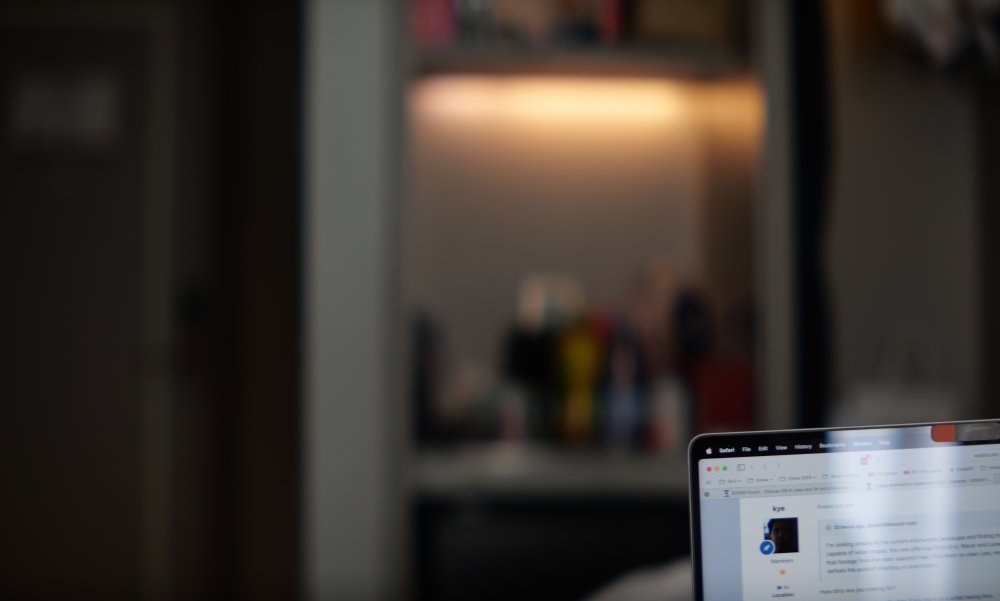
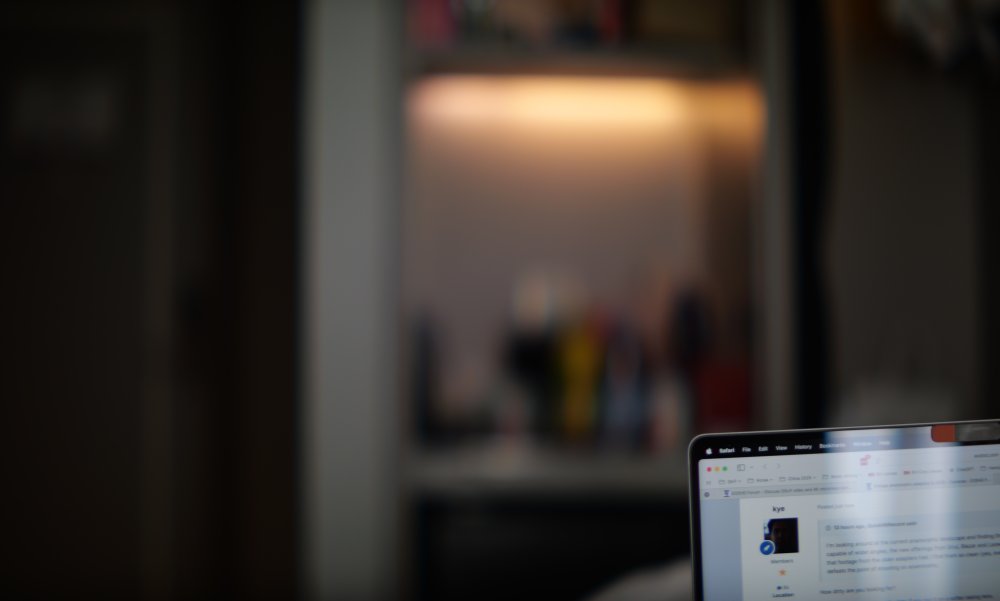
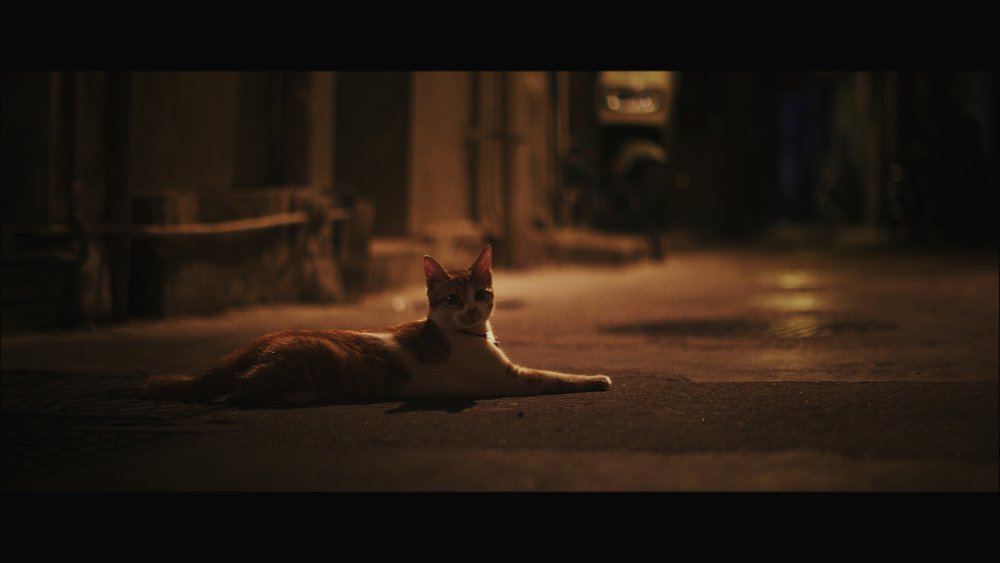
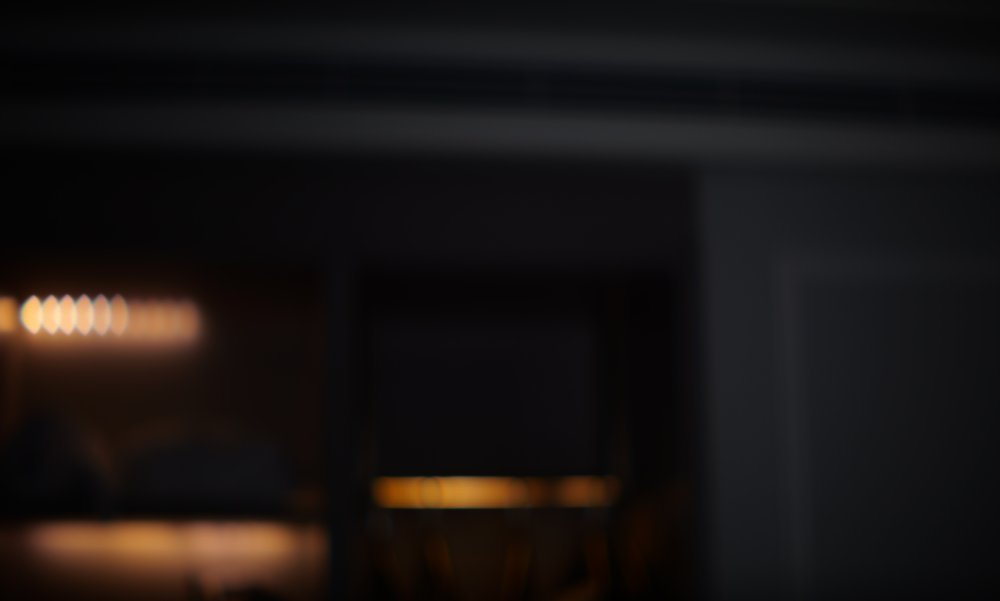
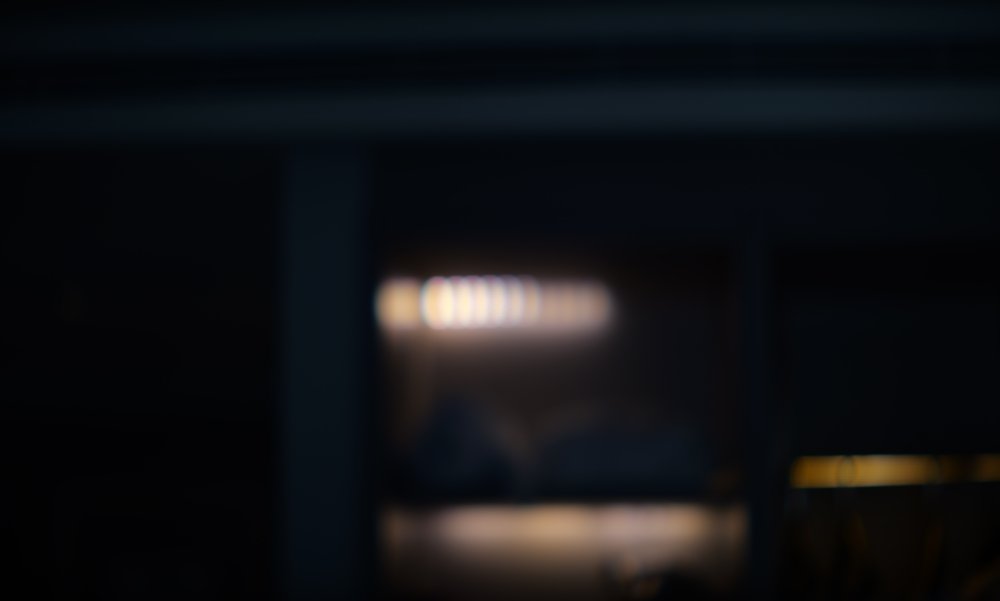
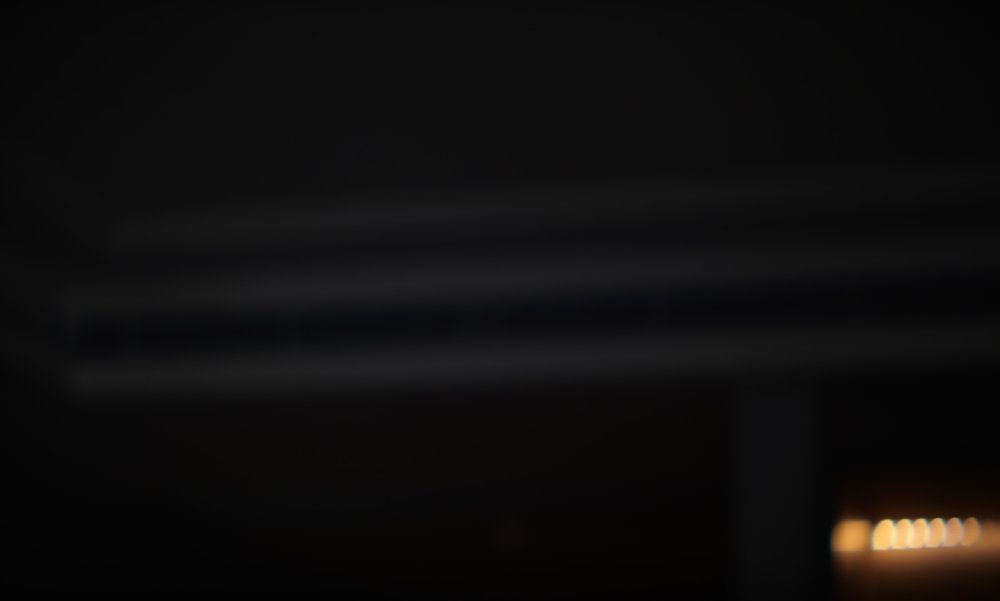
Canon EOS R6 Mark III and Sony a7 V compared - Canon better specs but...
In: Cameras
Posted
Cheap zoom lenses (and especially kit-zooms) are often the BEST lenses.
I wrote a whole thread on it here including examples and comparisons, but the summary is:
They don't get a lot of love online, but that's because most of the discussion online is about the things that are THE MOST of something (the sharpest, the newest, the biggest, the most expensive, etc) and being cheap and good is only really attractive to people who actually shoot in the real world and where a happy middle ground is desirable.
My most used lens is a variable aperture zoom lens, despite me owning many much "better" lenses.